We left the wilderness corridor of the Great Divide Mountain Bike Route at Eureka, MT in late August after a fantastic first week biking the trail down from Banff. Late summer weather had made the days comfortable – if not downright hot – and the early morning and evening air held only the slightest chill. Our three week hiatus from our Americas adventure had been the break we needed; a roadie to Nevada, the Burning Man festival, and then another roadie north in the company of Hana’s parents. It was the 14th September when we remounted our saddles in Eureka and pedalled out of town to resume our journey south. But something had changed: the nights were now more than cool, they were cold; swathes of colour brushed patches of forest orange and yellow; and snow touched the tops of Montana’s highest ranges. Autumn had arrived.
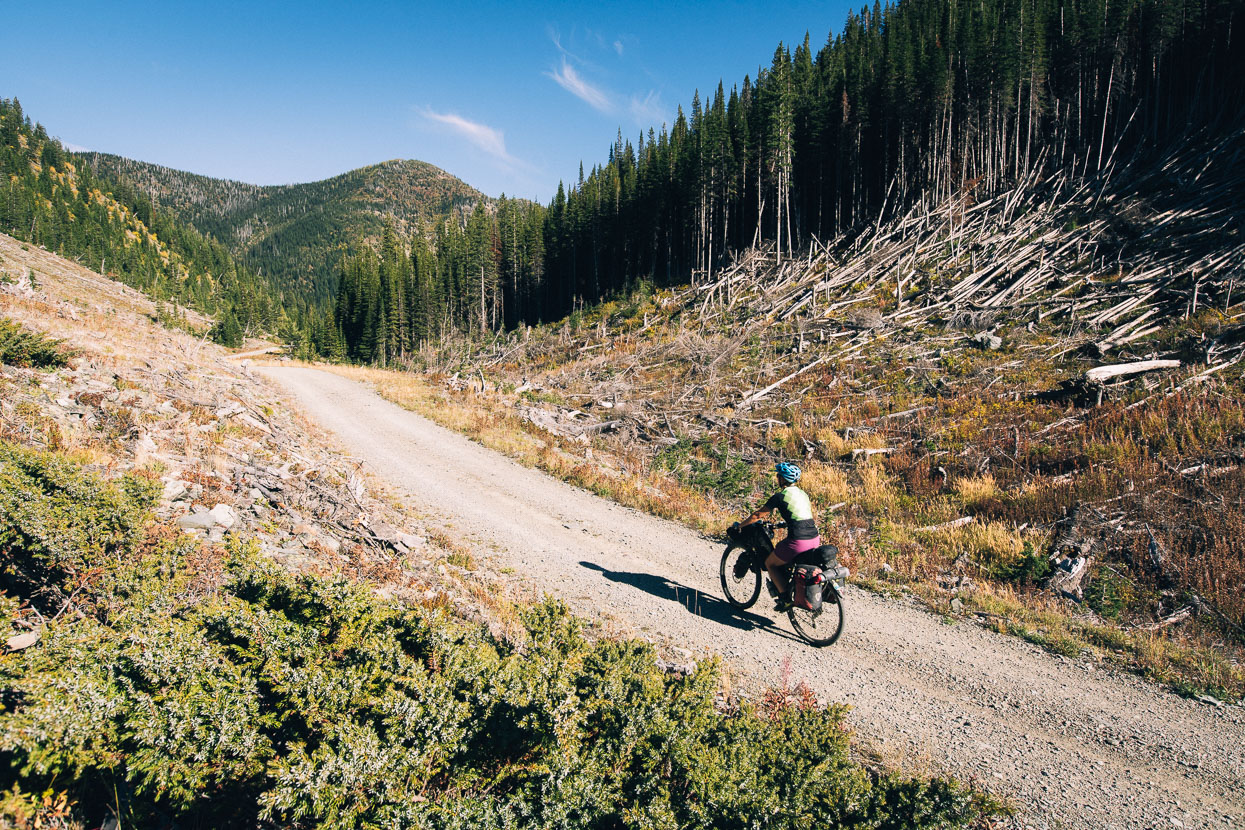
A gentle introduction led us out of Eureka on quiet backroads, and then we crossed highway 93 and climbed right back into the hills. This pass crossed the Whitefish Range, Flathead National Forest, where wind-blast flattened forest told of the massive avalanches that come with winter snow.
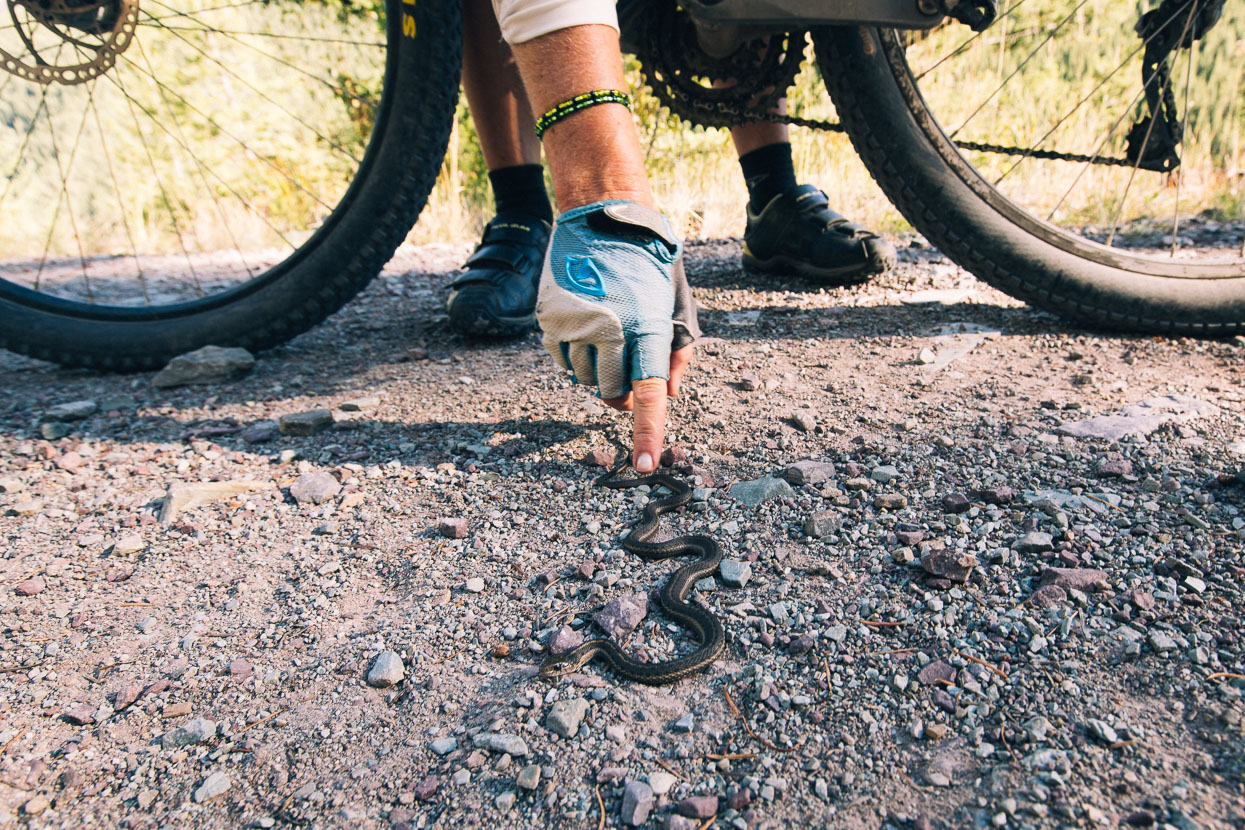
It was still warm enough in the heat of the day for snakes. Hana proudly claiming that she ‘petted one in the wild’.
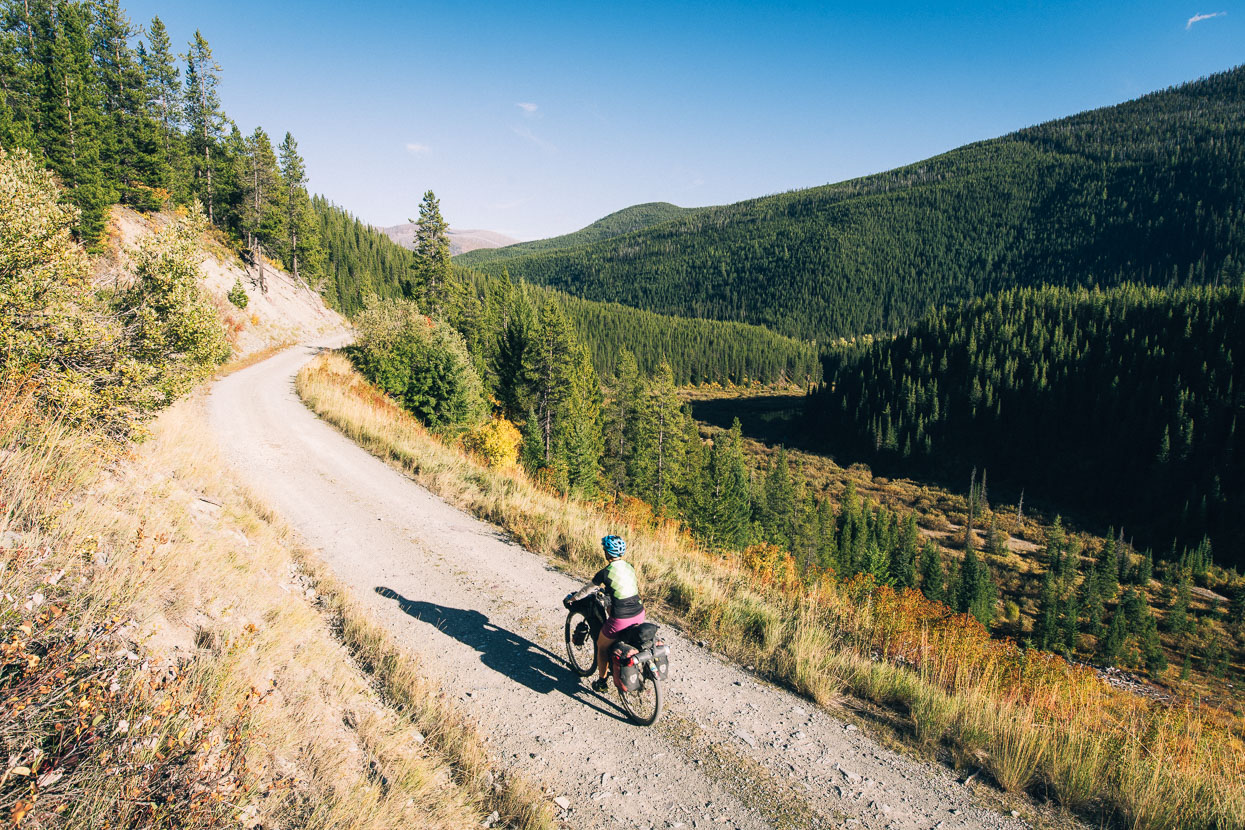
Very agreeable 4WD and gravel road riding led us down valley to the Tuchuck campsite, just above the Flathead River.
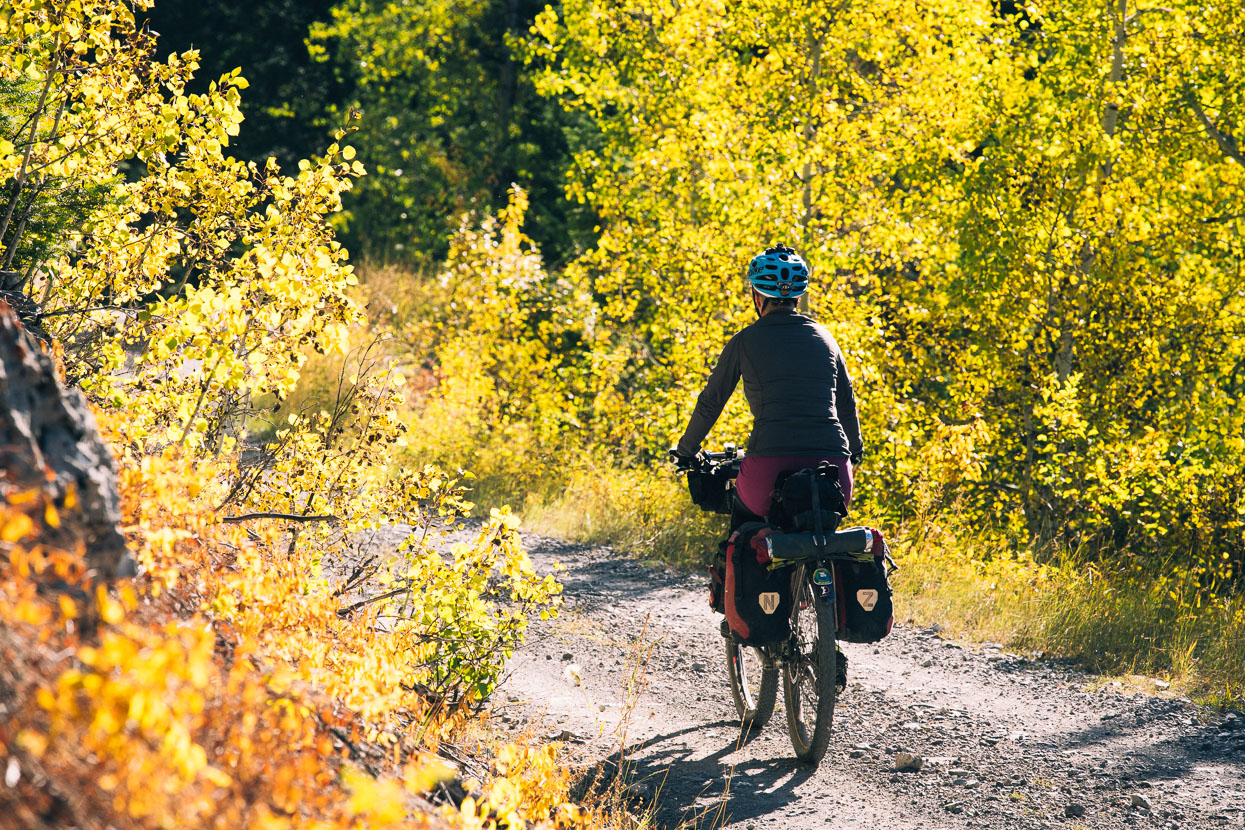
Autumn colours bringing an explosion of colour to the roadsides.
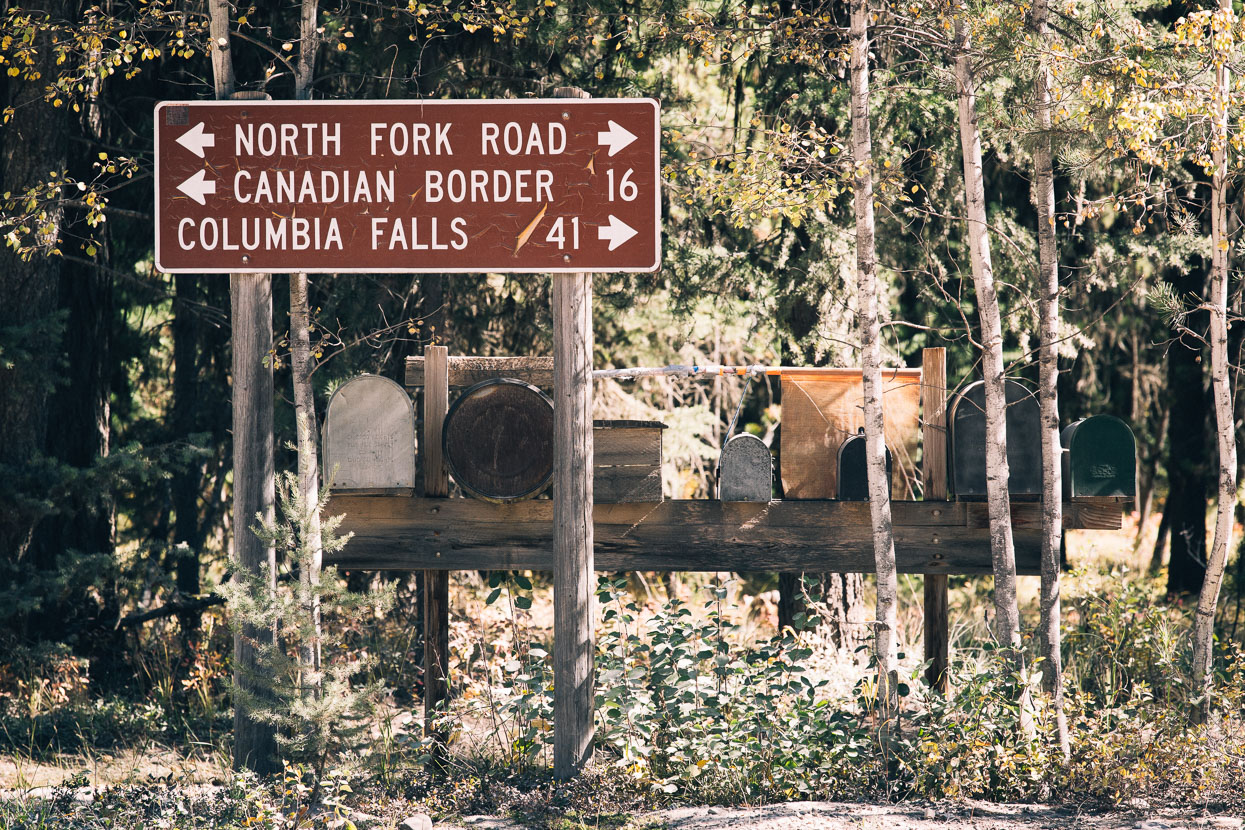
Although we felt we were riding deep into the hills, the Flathead Valley (bordering Glacier National Park) is intermittently populated, and the main valley brought a higher quality gravel road before we later turned away from it to cross the Whitefish Range a second time.
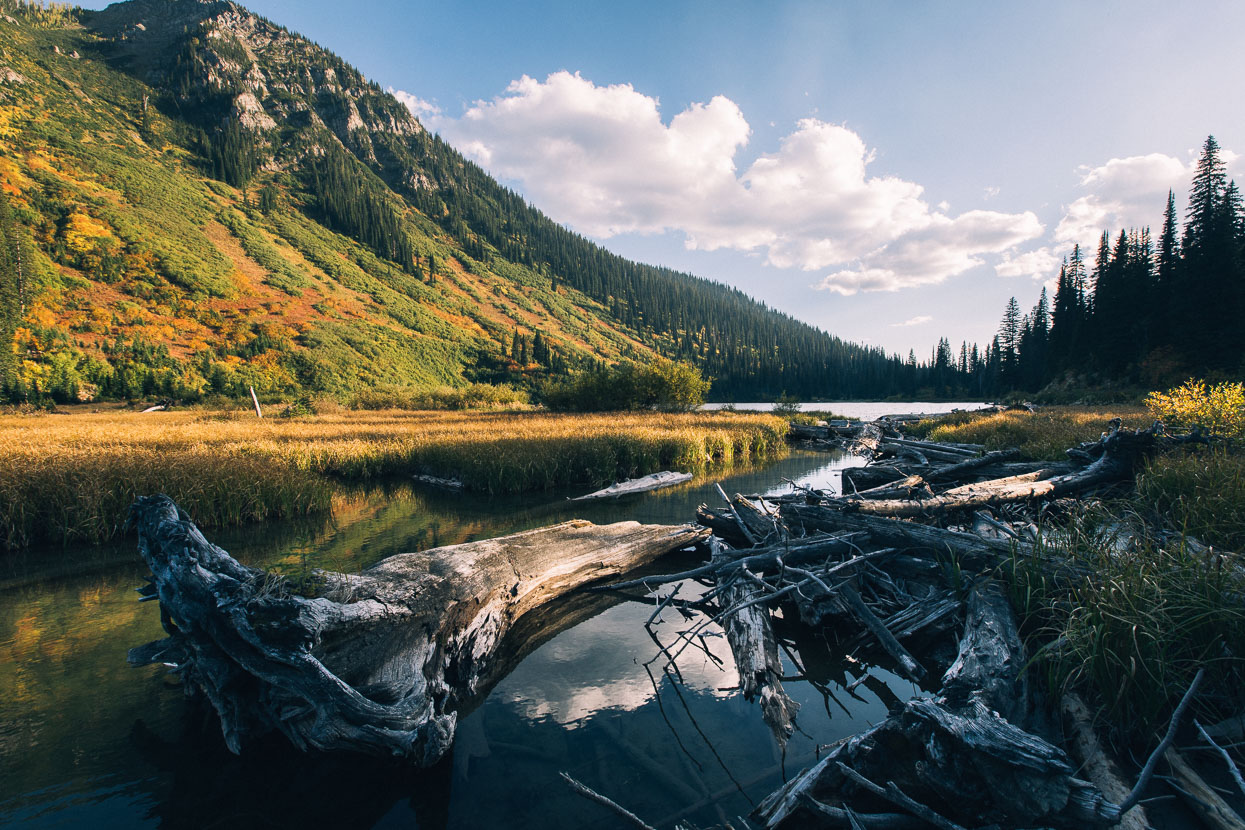
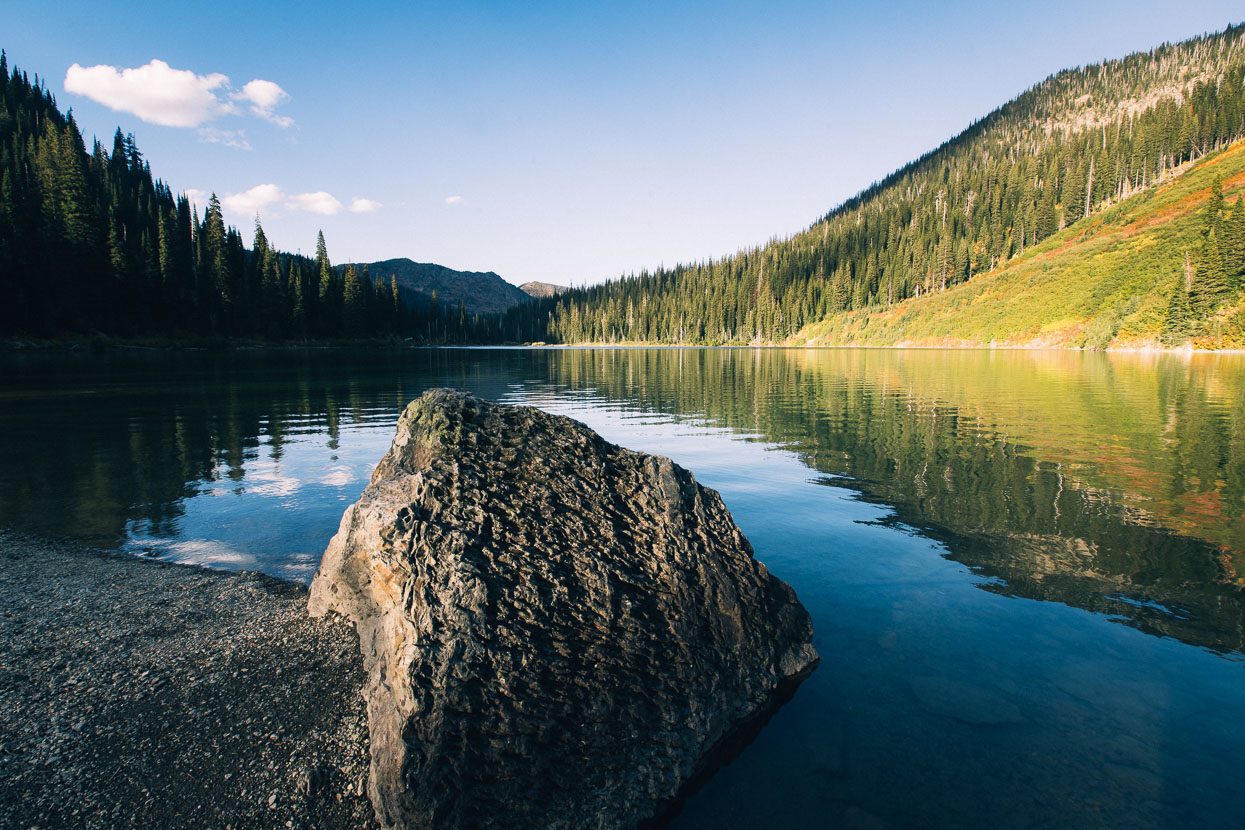
Red Meadow Lake, just below the crown of the range, made a fine stop for the evening (once the wind settled down).
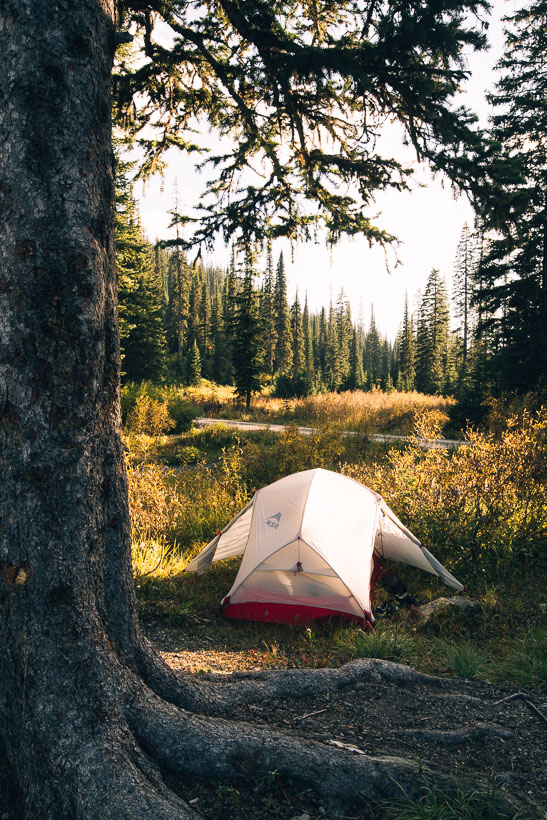
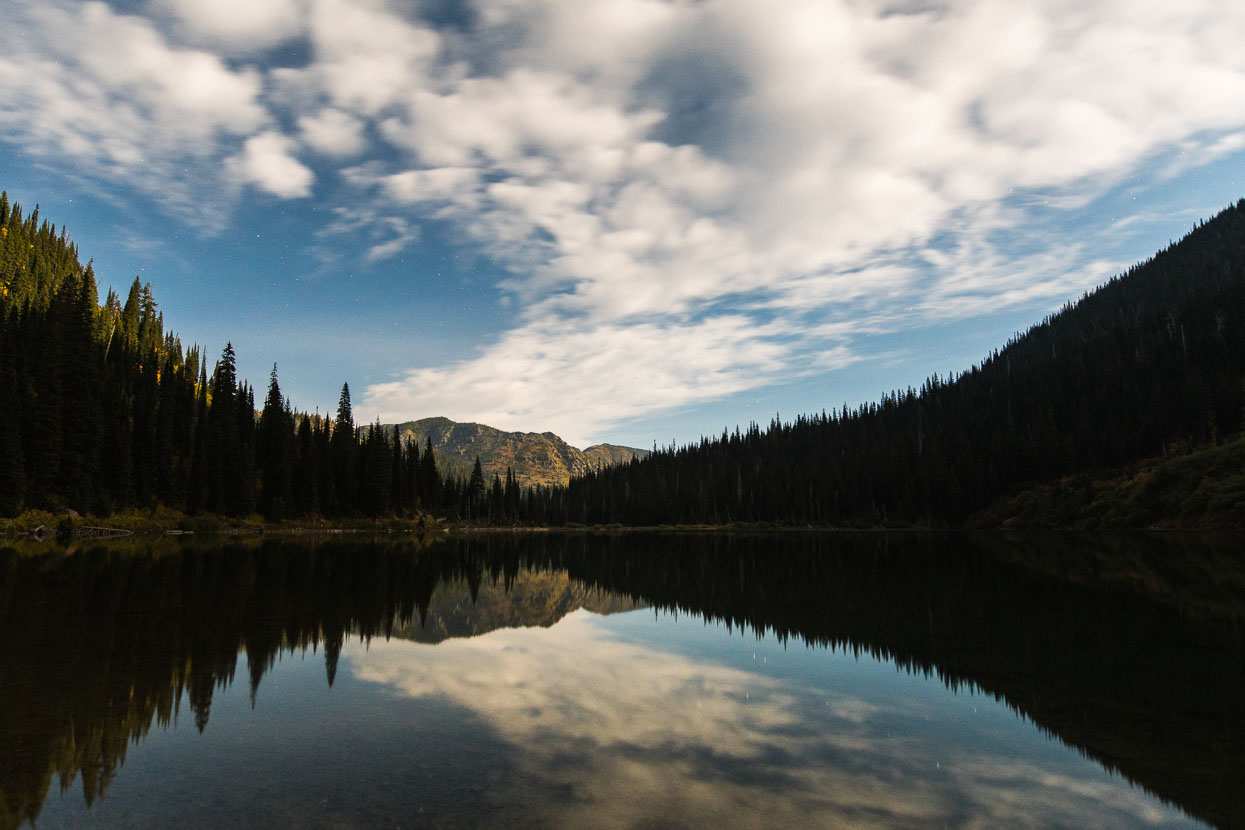
Bright moonlight over Red Meadow Lake.
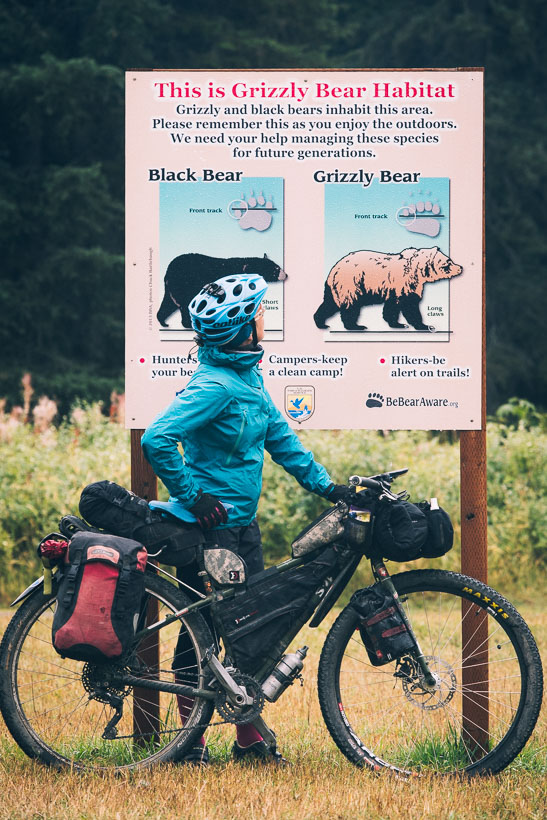
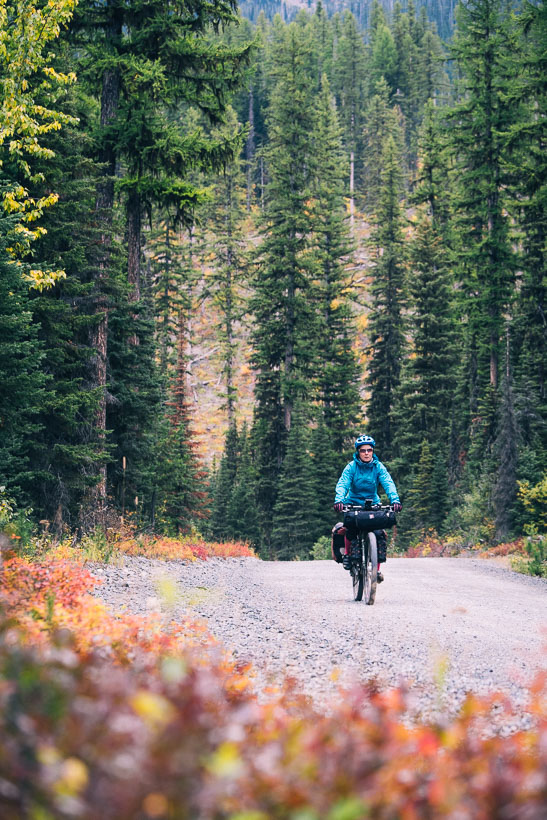
It’s grey skies and a cold start in the morning as we start the long downhill towards Whitefish Lake. Signs reminding us that we’re still well inside bear country.
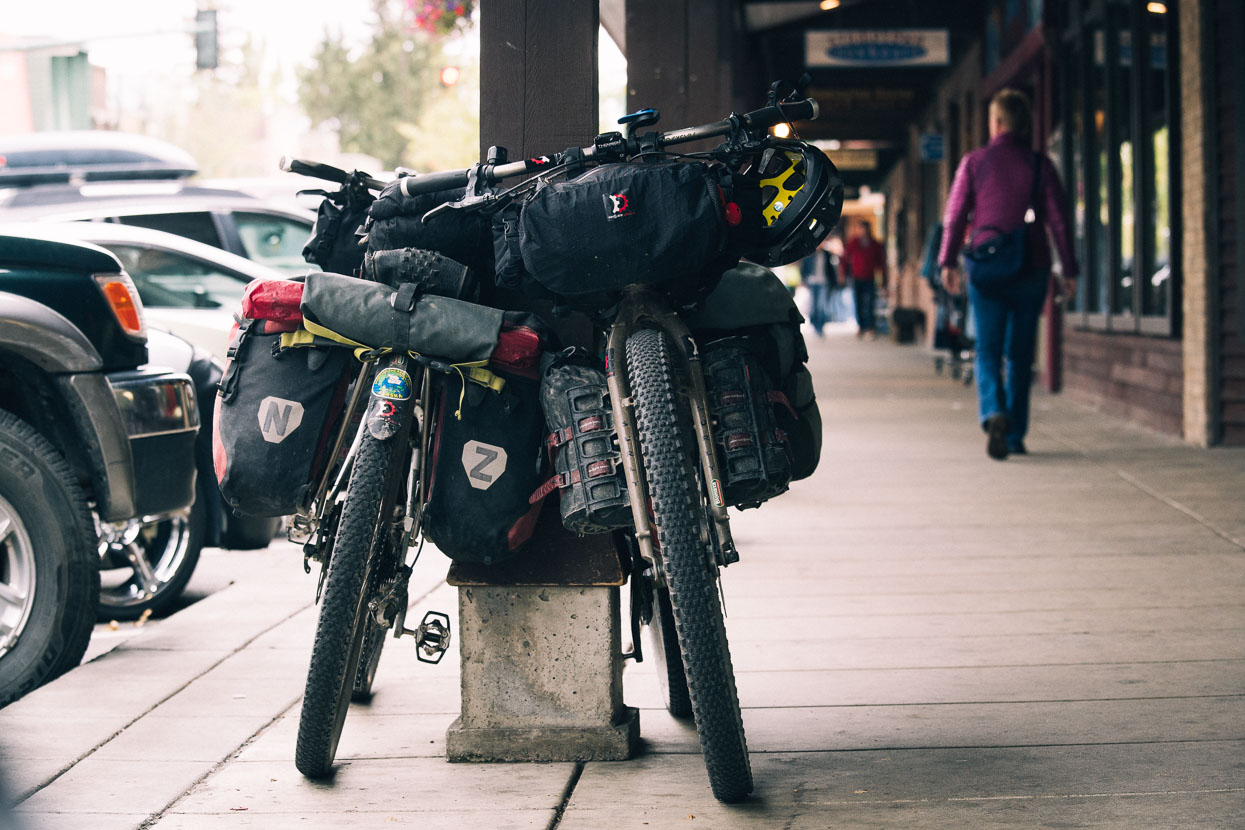
After two and a half days in the hills, the route pops us back out into Whitefish. Montana Coffee Traders return us to the world of hot lunches and tall americanos – it’s good to get out of the cold wind too.
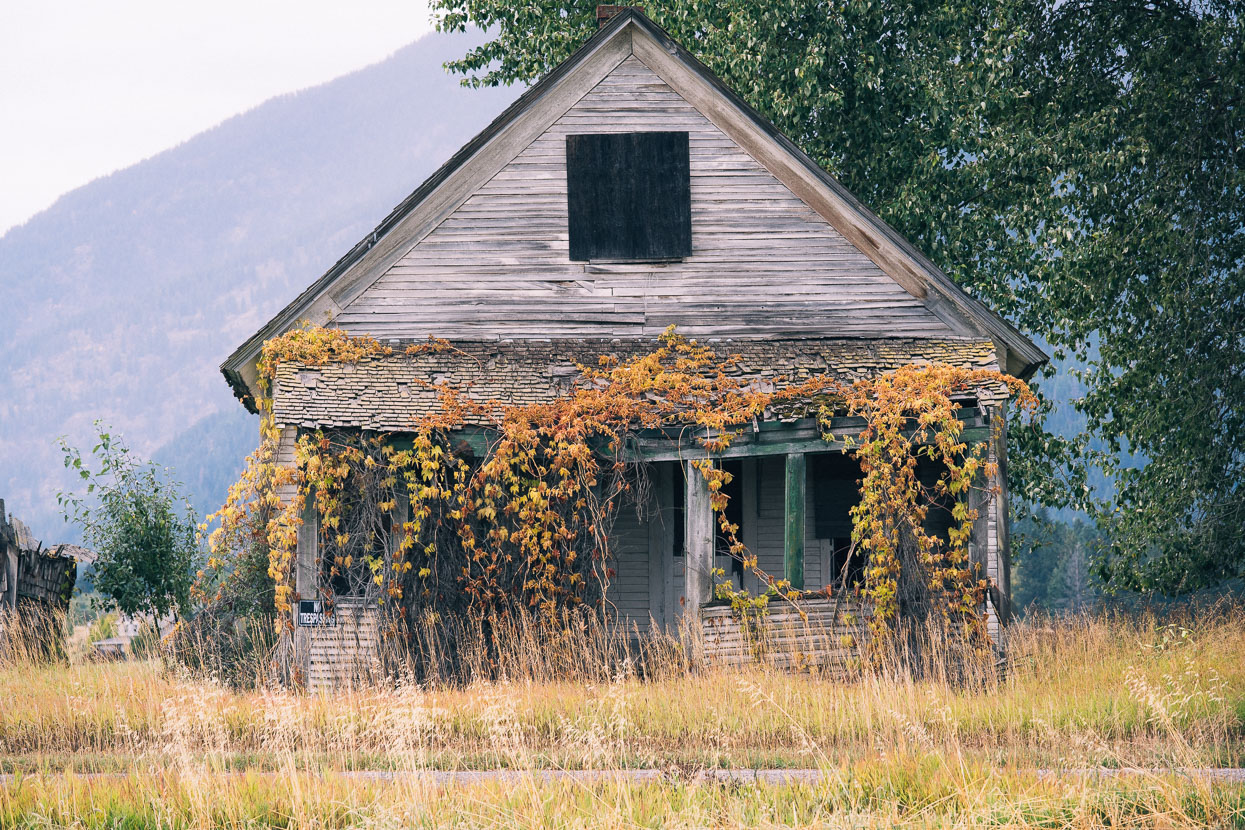
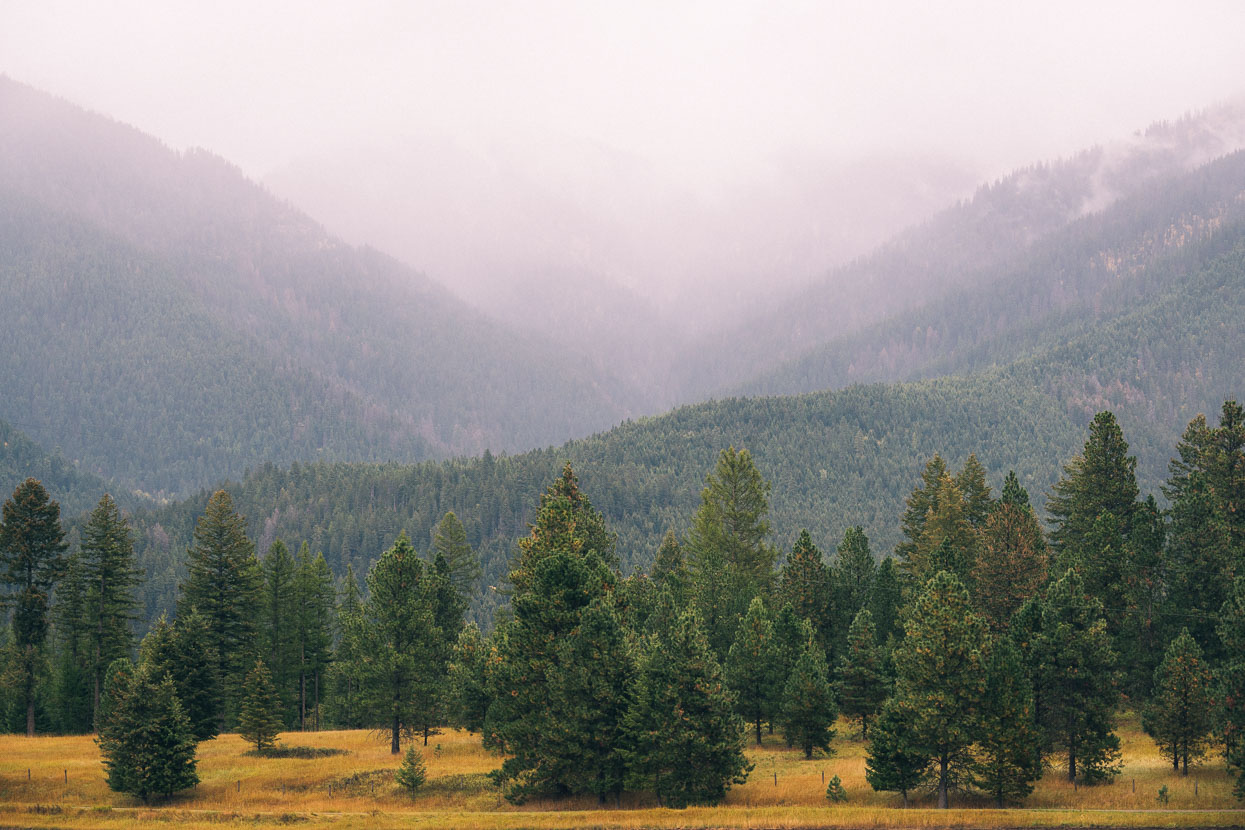
We ride onwards to Bigfork, zig-zagging along rural roads in the flat of the valley – pressing on into a brisk headwind and rain.
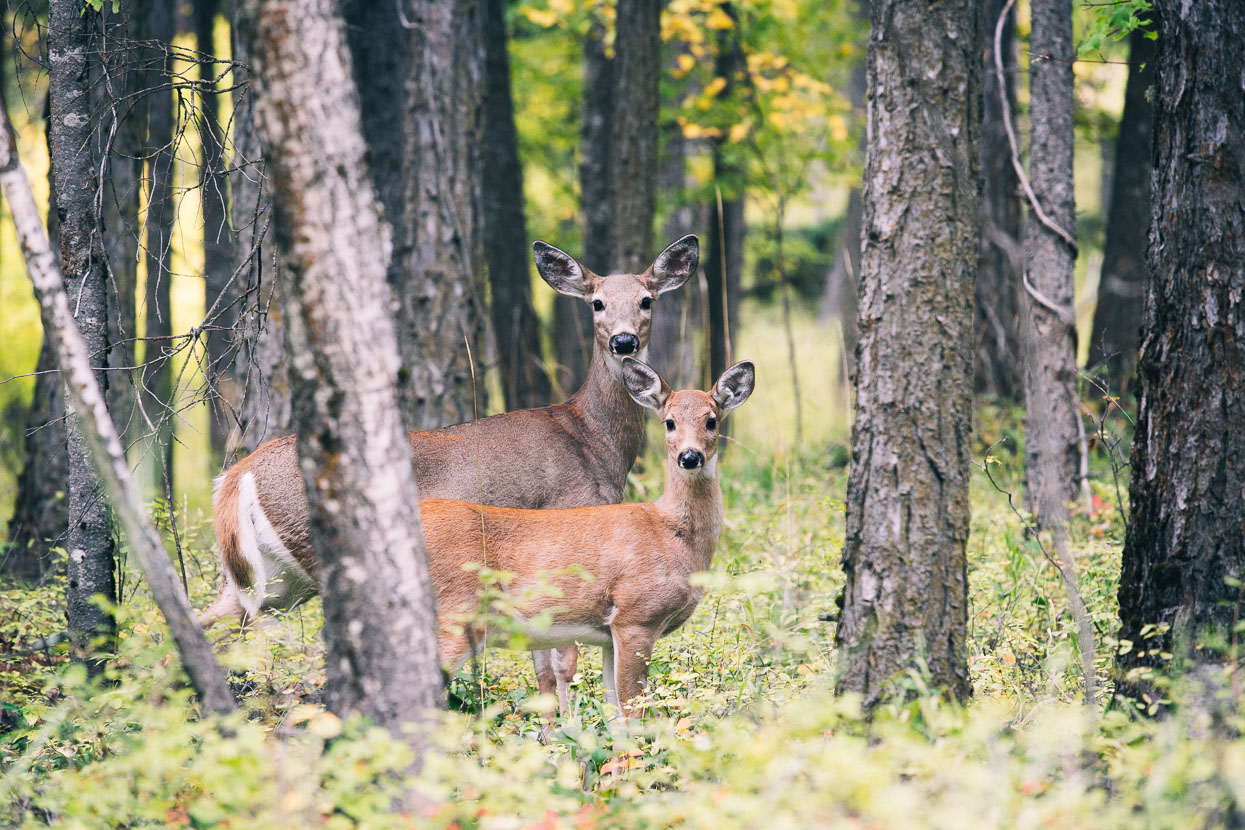
Since we arrived in Montana, whitetail deer have been very common – wandering the roadsides, forests and grazing in peoples’ gardens.
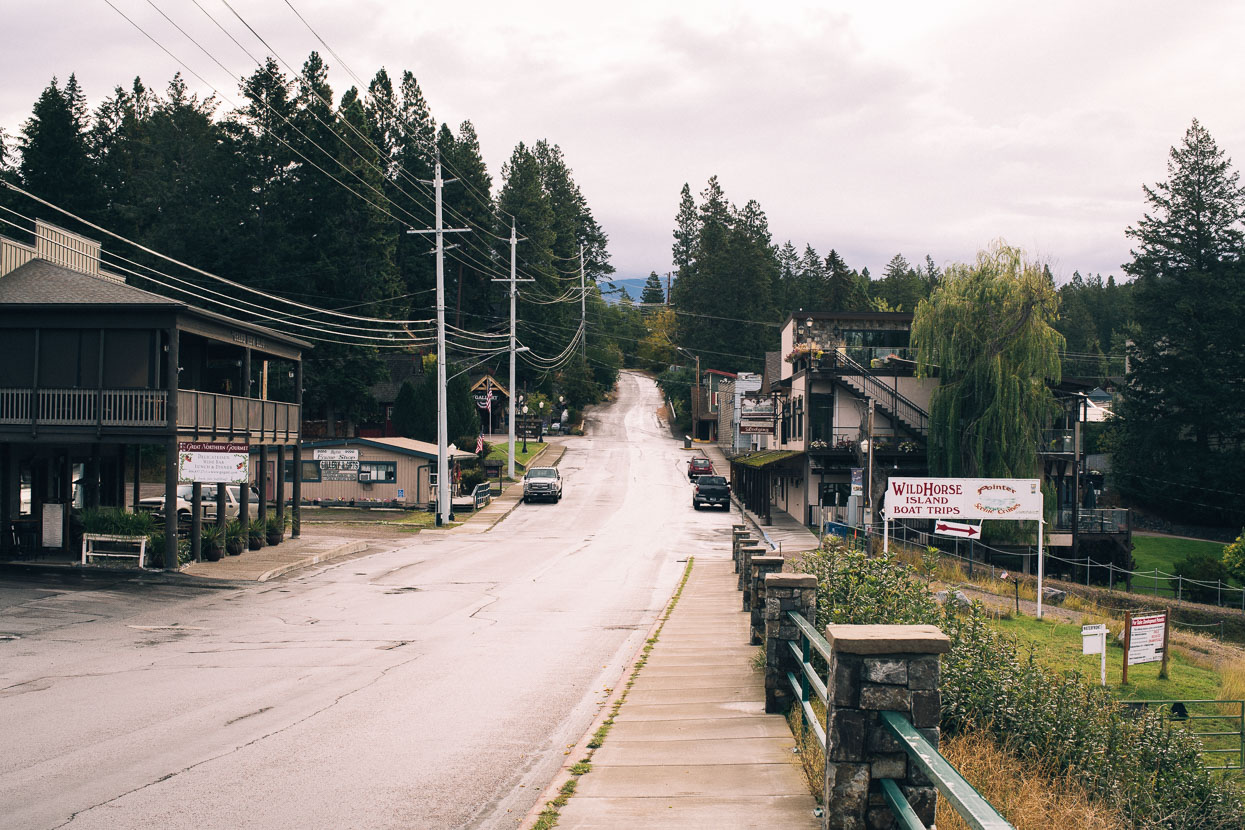
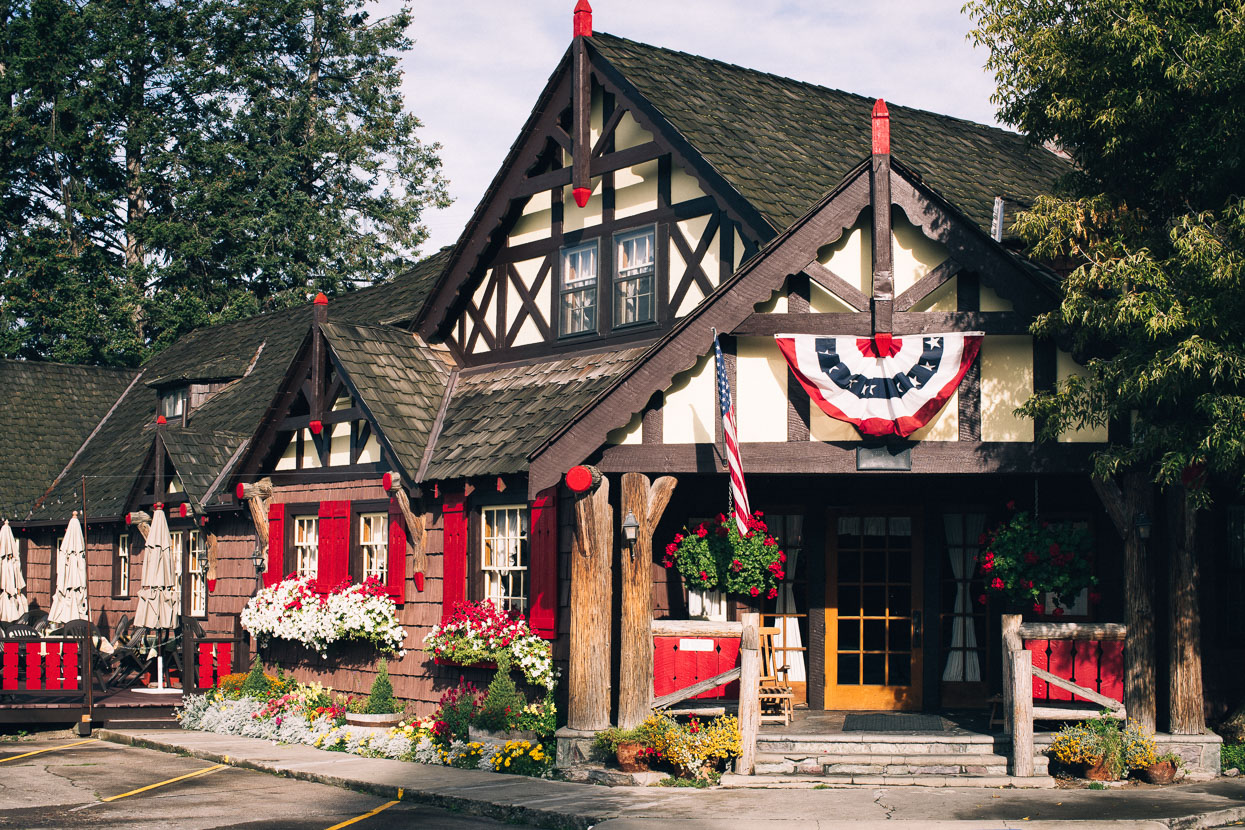
We rolled into Bigfork shortly before dark, expecting a wet night in the campground. At the main corner of this tiny township we were studying our phones for directions when Bob Keegan, Montana State Senator and owner of the Bigfork Inn approached us to see if we needed help. Bob was wearing a shirt with the unmistakeable All Blacks silver fern emblazoned on the chest, which instantly broke the ice and gave us some common ground. After a few moments of suggesting options, Bob felt sorry for our wet, bedraggled selves and offered us a room, gratis, upstairs in the inn. The rooms were a step back in time – the inn having ceased to provide accommodation since the late 1980s, but the restaurant and bar below were one of the mainstays of this small town, so during our two nights there we met a few local characters, including a Samoan fellow who had come over long ago on a rugby scholarship and stayed to make a career out of coaching.
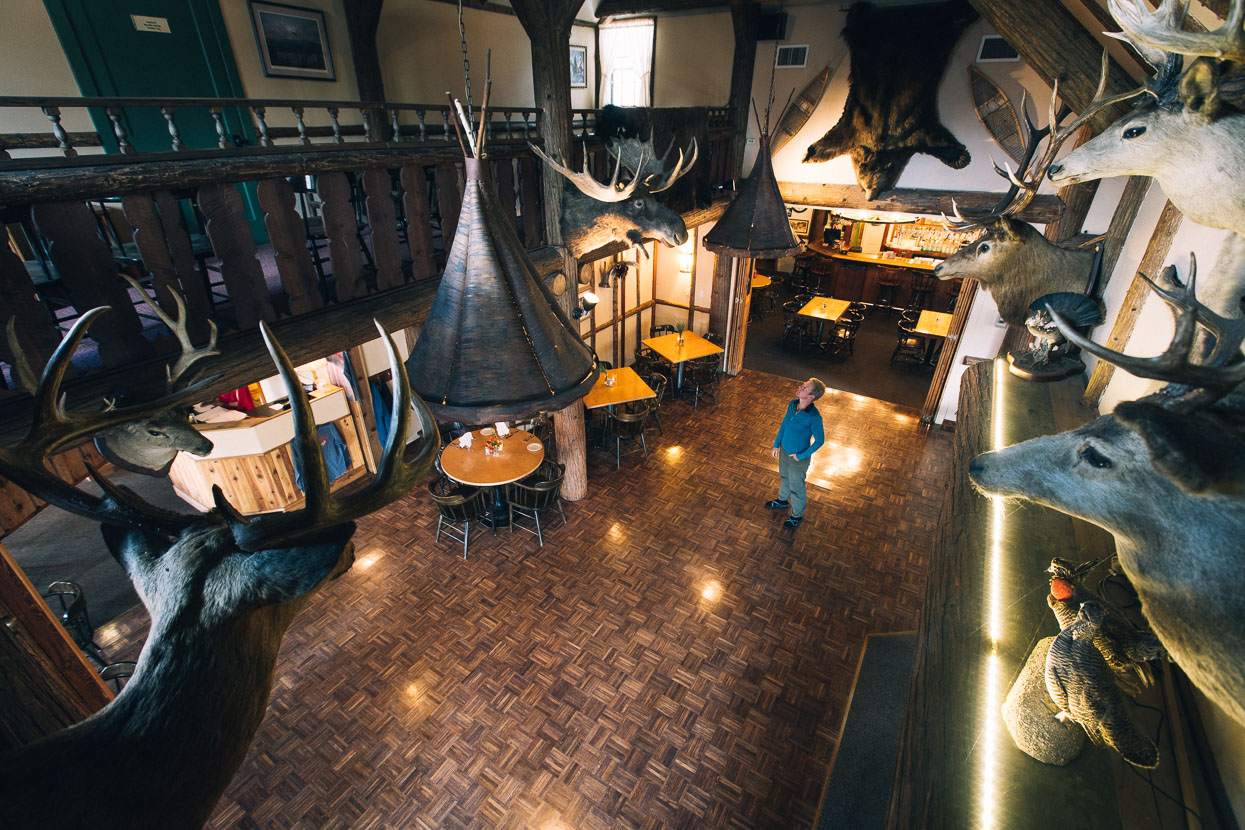
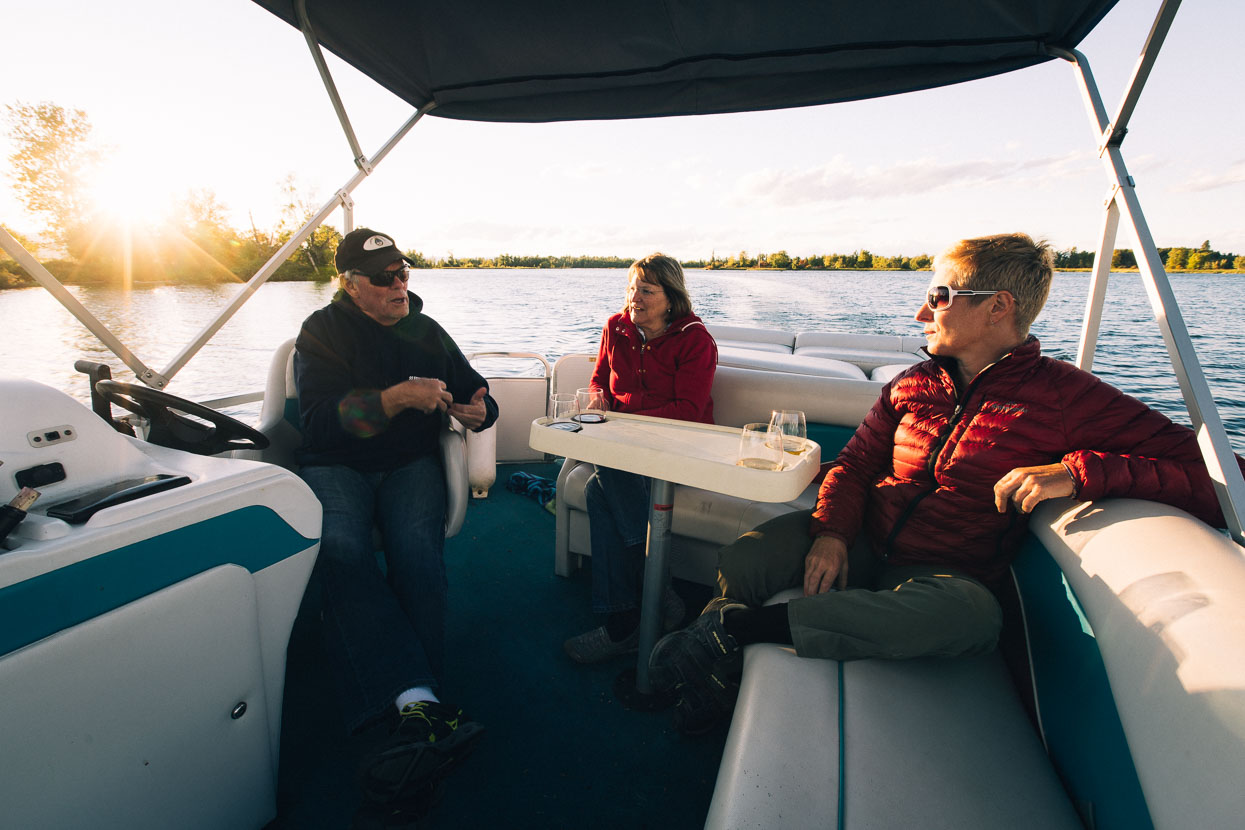
Bob’s generosity didn’t stop with a couple nights free accommodation; on our second evening he and his wife, Susie, took us out on Flathead Lake (the largest freshwater lake west of the Mississippi) for an evening cruise, pointing out local features and and sharing the sights of a place they were clearly very proud to call home.
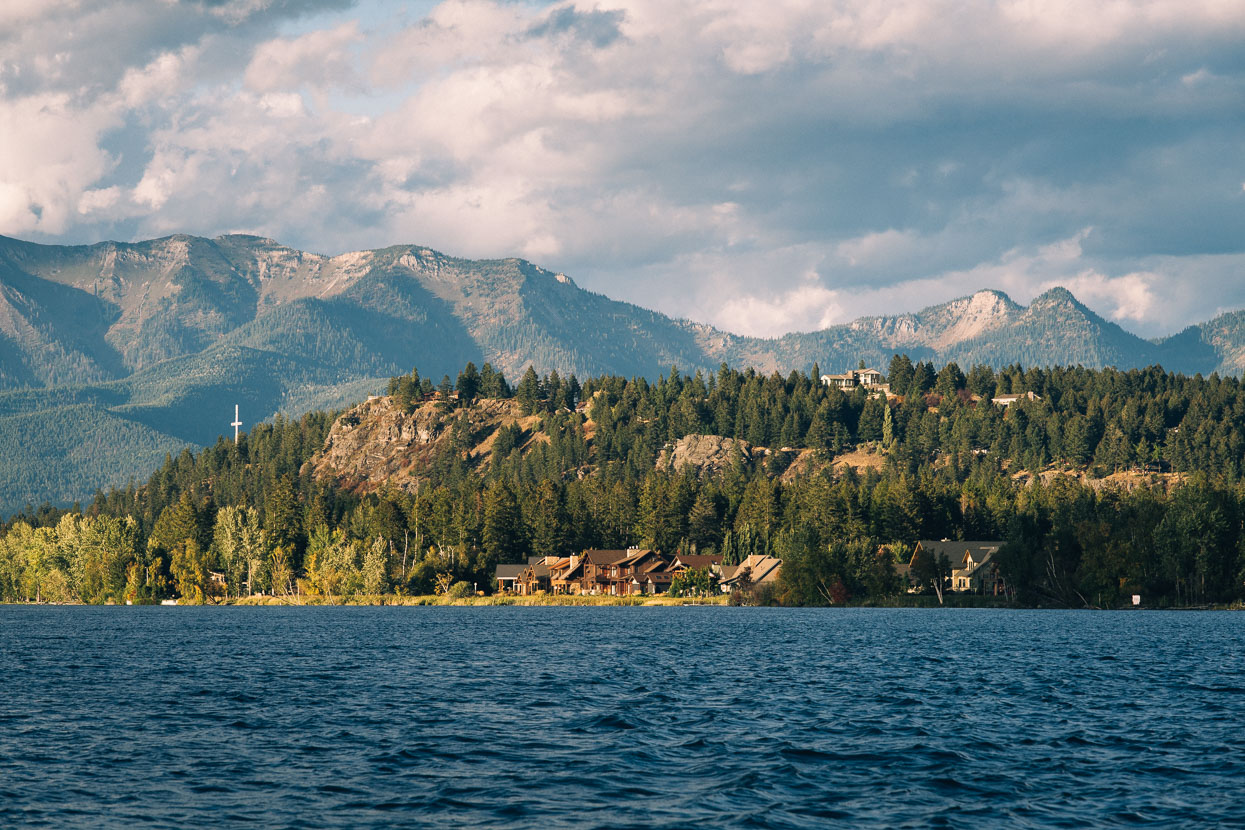
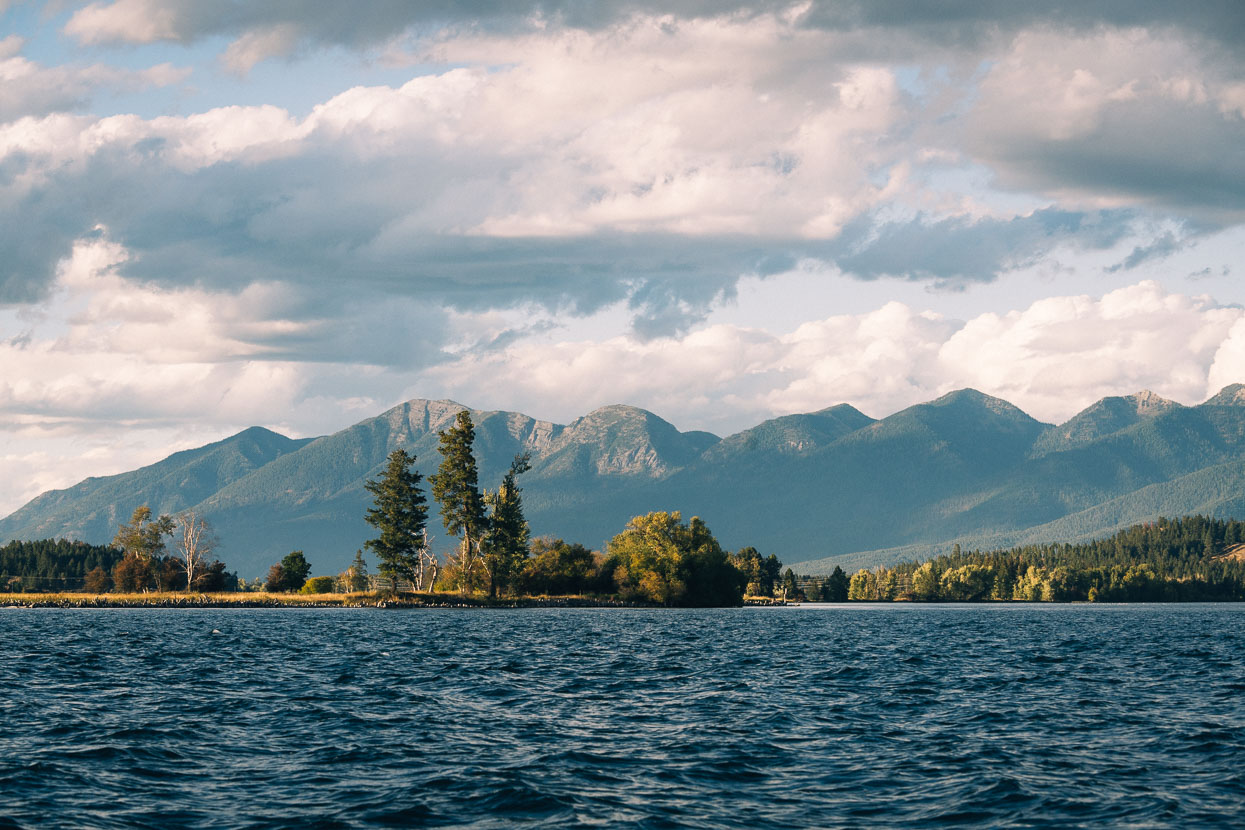
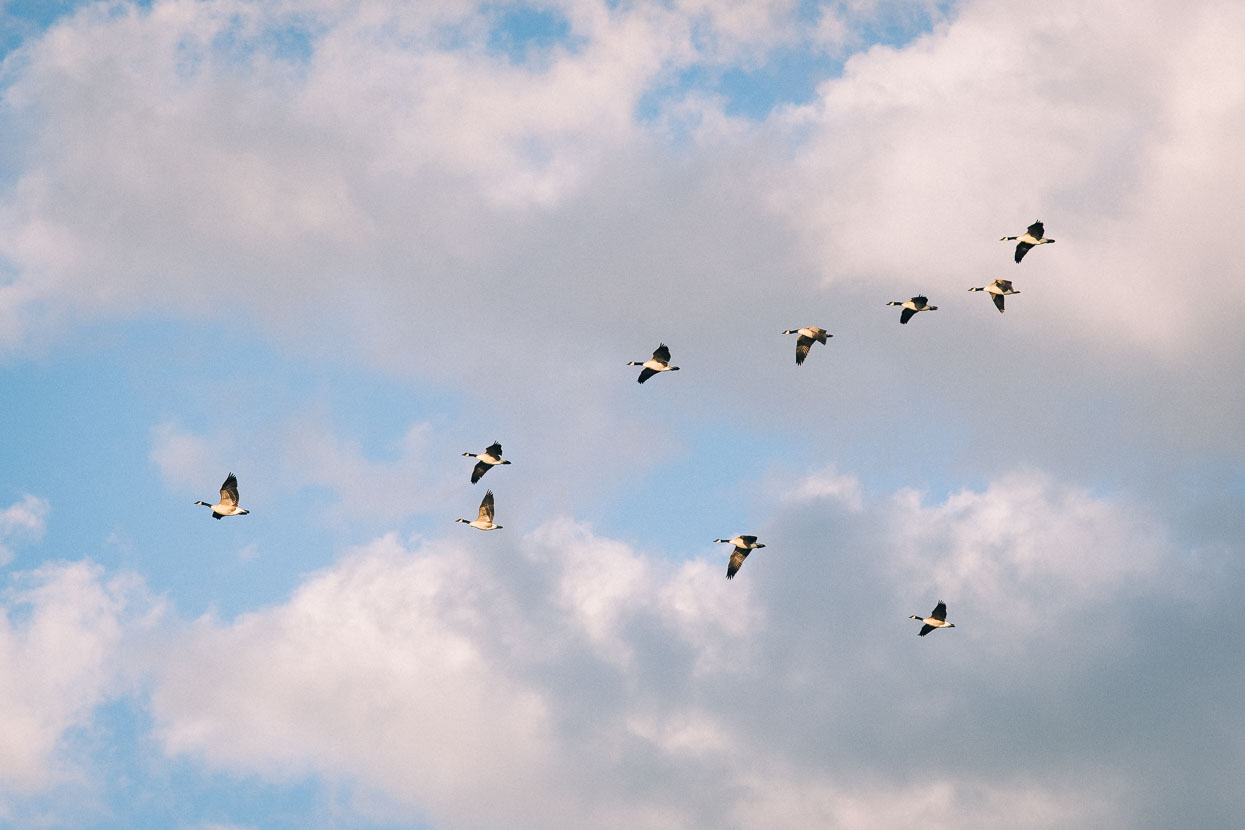
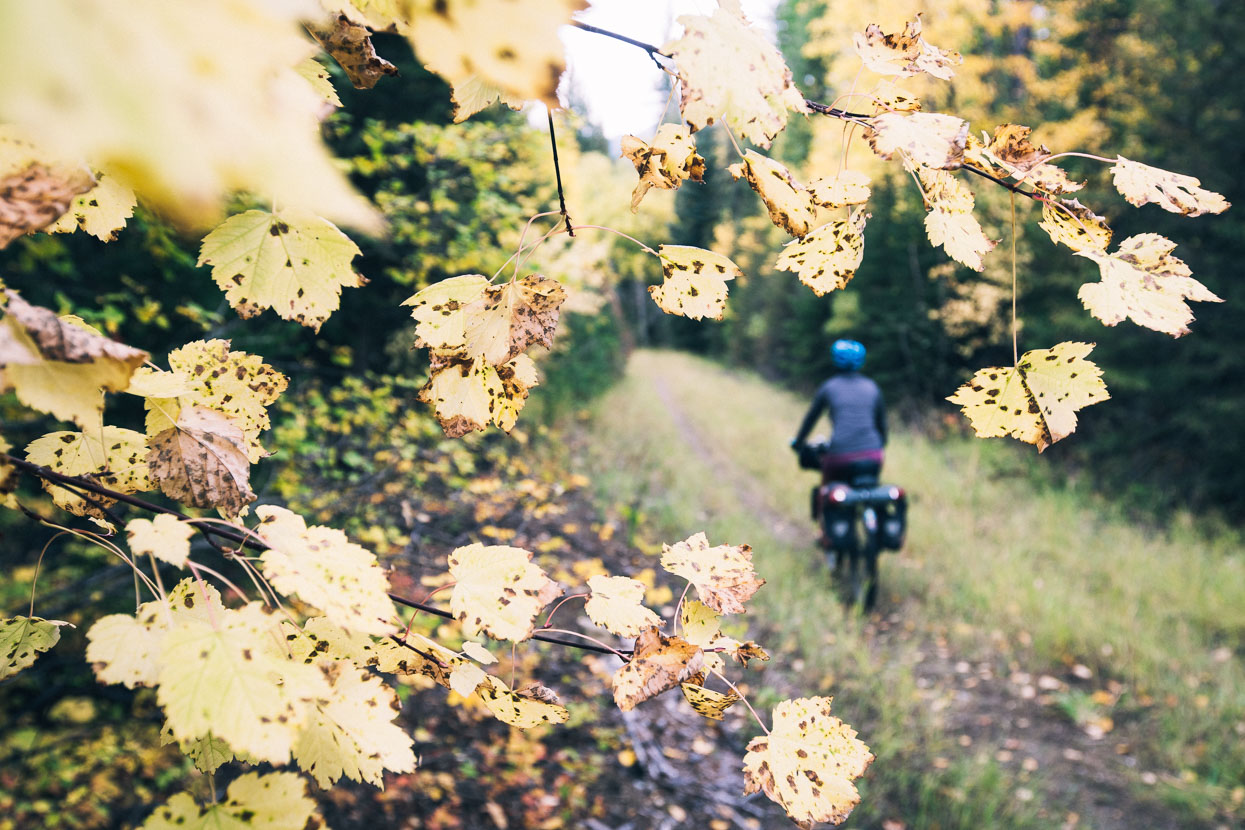
The following three days’ ride from Bigfork was almost entirely in forest – a mixture of old growth and managed forest. We zip along double track, 4WD and sometimes smooth gravel. It’s almost never flat; the forest roads at times climbing high onto the sides of the Mission Mountains, before winding their way around gullies and ridges back to the valley floor, only to climb back up again.
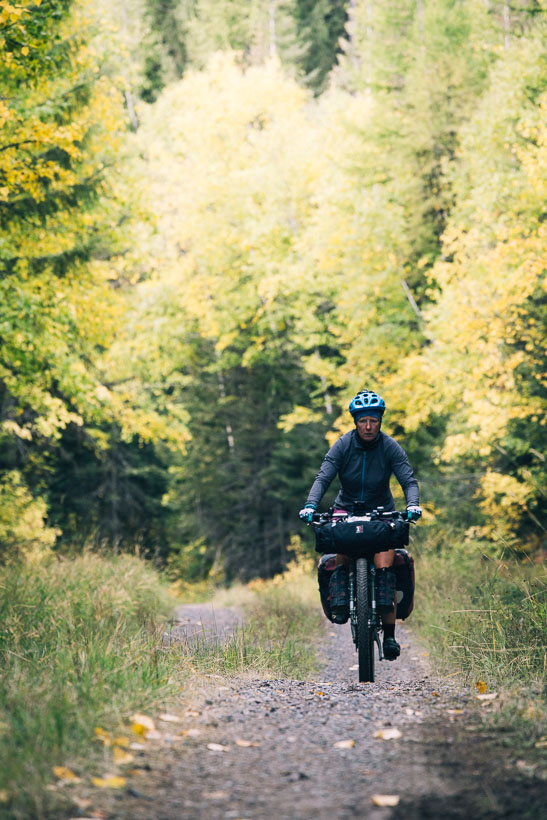
We scarcely catch views of the big ranges surrounding us until the afternoon of the second day. We’re in a dense world of green, splashed occasionally with the bright fall colours of deciduous trees. The forests we ride are part of one of the biggest concentrations of Wilderness in the lower 48 states: an area comprising the Mission Mountains, the Bob Marshall Wilderness and the Scapegoat and Great Bear Wilderness’ – an area of over 1.5 million hectares, and that’s not including Glacier National Park – only separated by a road corridor.
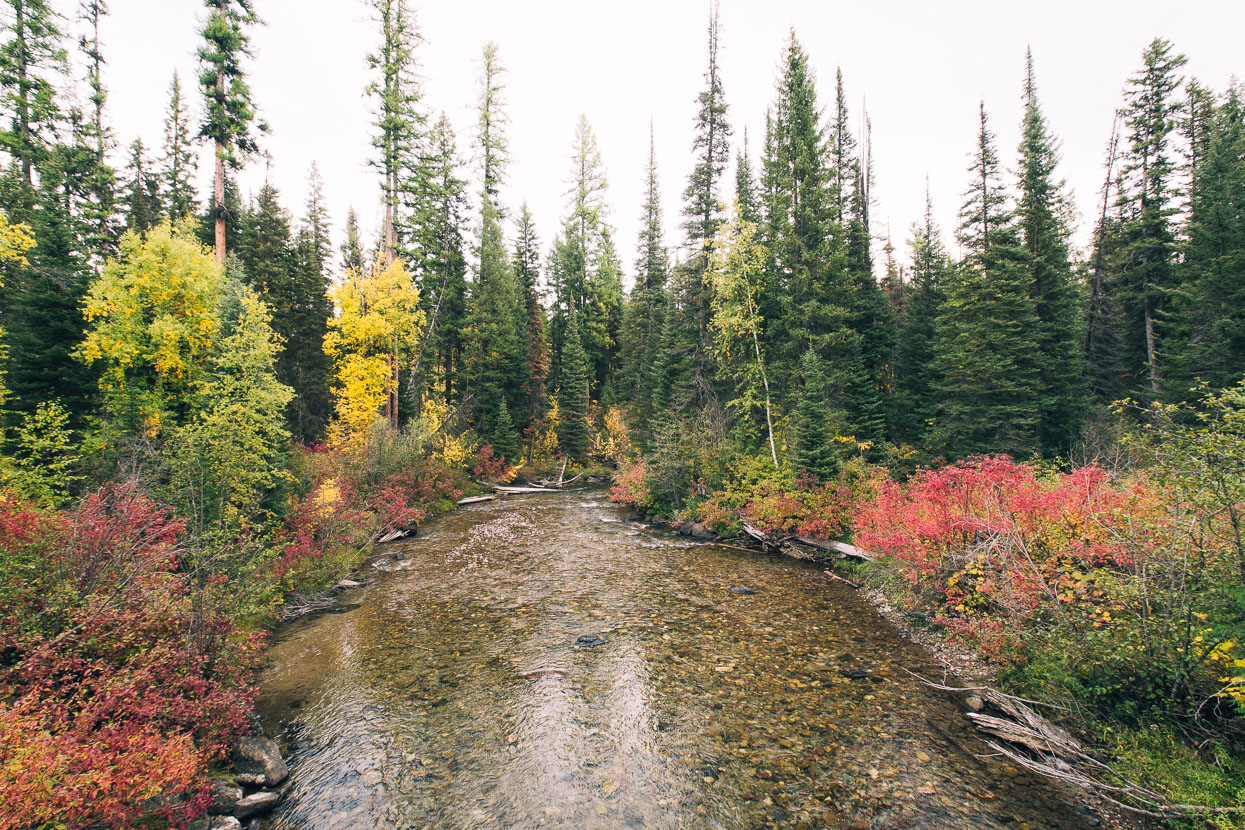
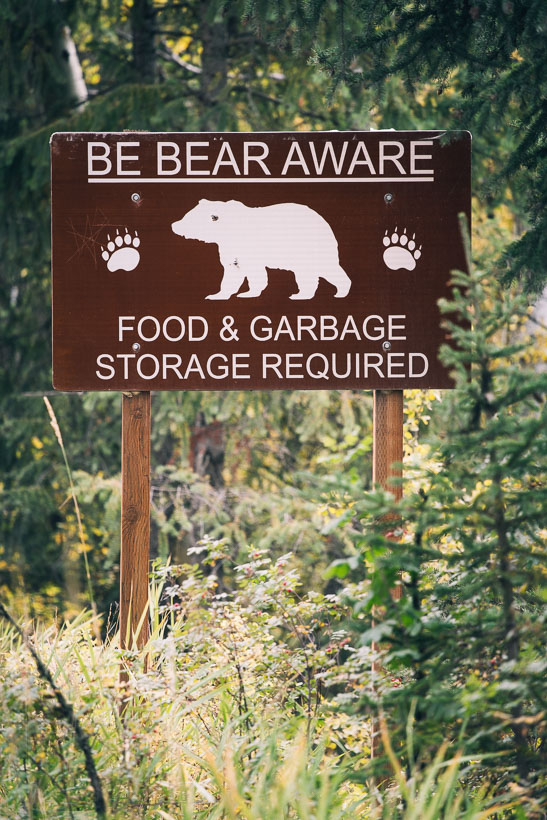
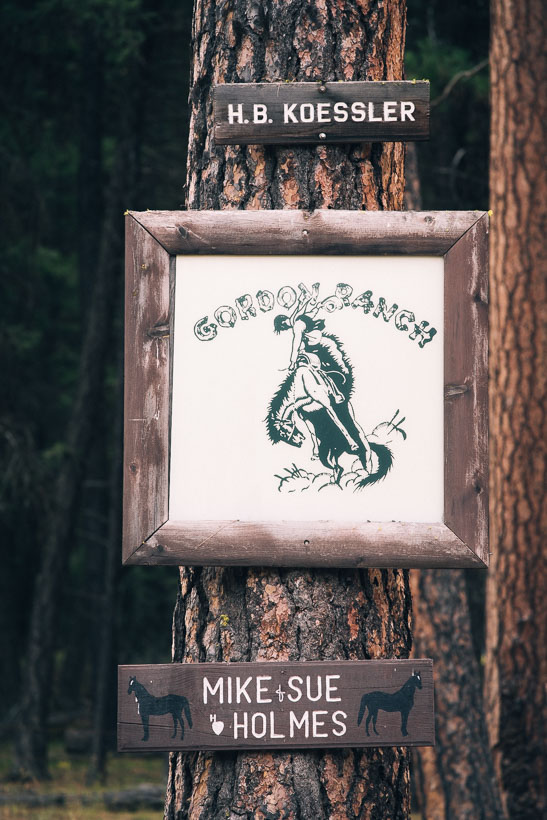
The valley bottoms are ranch country: homesteads tucked away up long driveways, horse corrals and hay bales.
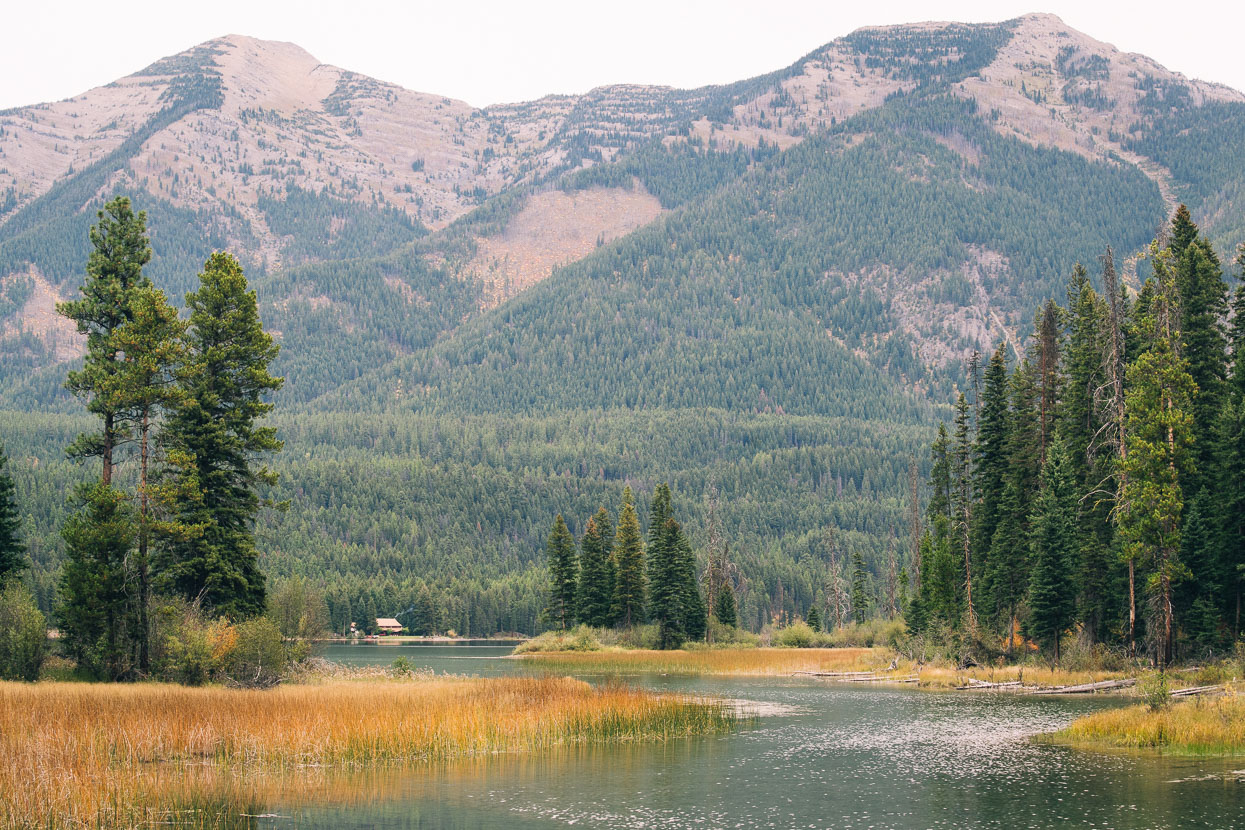
On our second day out of Bigfork, Holland Lake Lodge (a popular lunch or night stop for Divide riders) sat temptingly across the lake, but we ate on its shores and pedalled on – aiming for Seeley Lake that night.
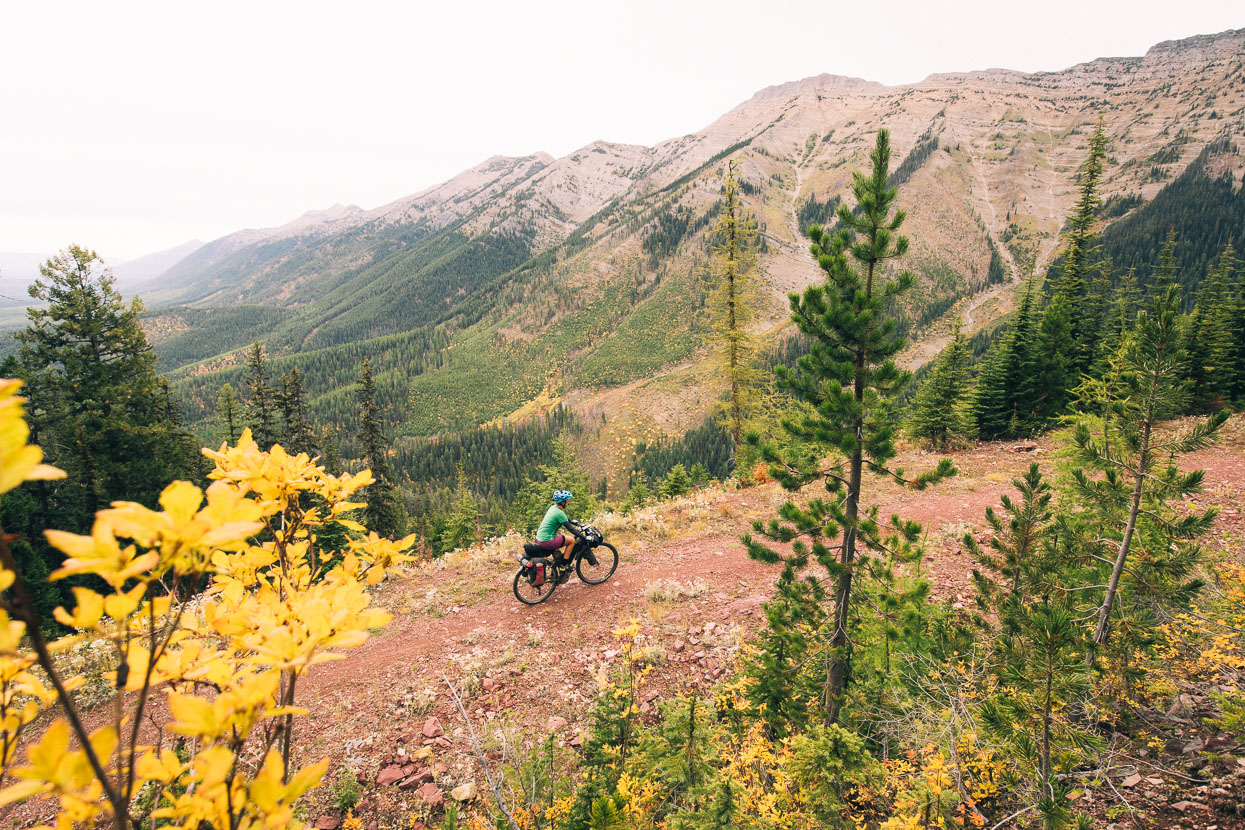
It would be a day of 1300 metres of climbing, most of it coming on the beautiful climb to an alpine saddle below Sunday Mountain. Finally we had a chance to look out over the terrain we’d been biking through the previous days and see the extent of forested wilderness.
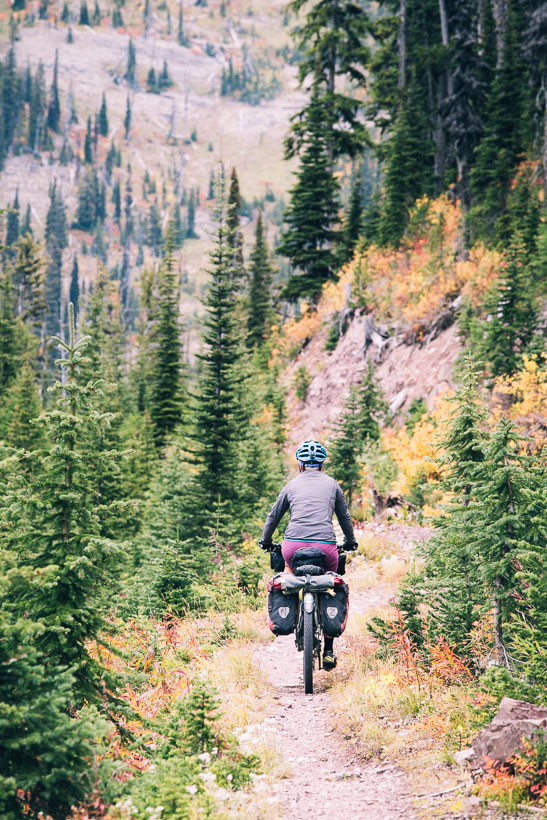
The gravel road/4WD climb switched to single track partway up for the ride on to the saddle.
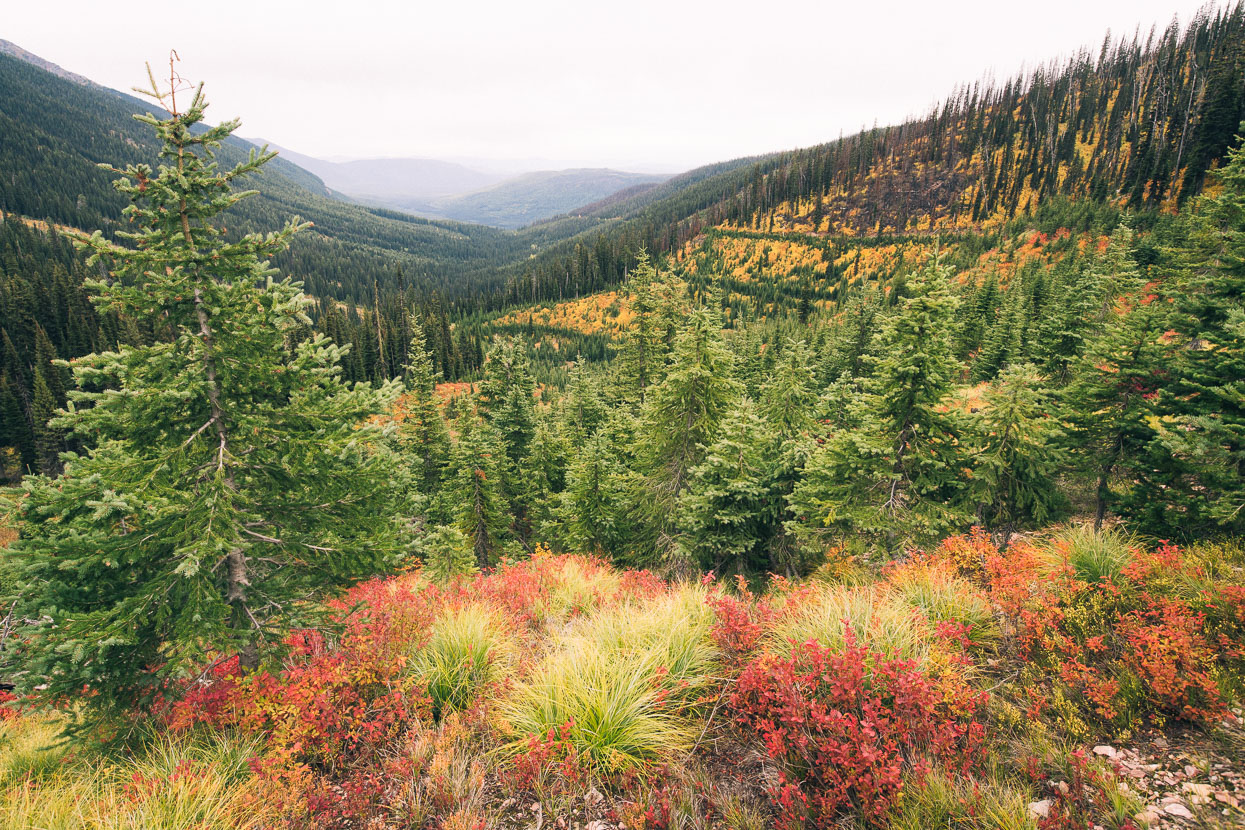
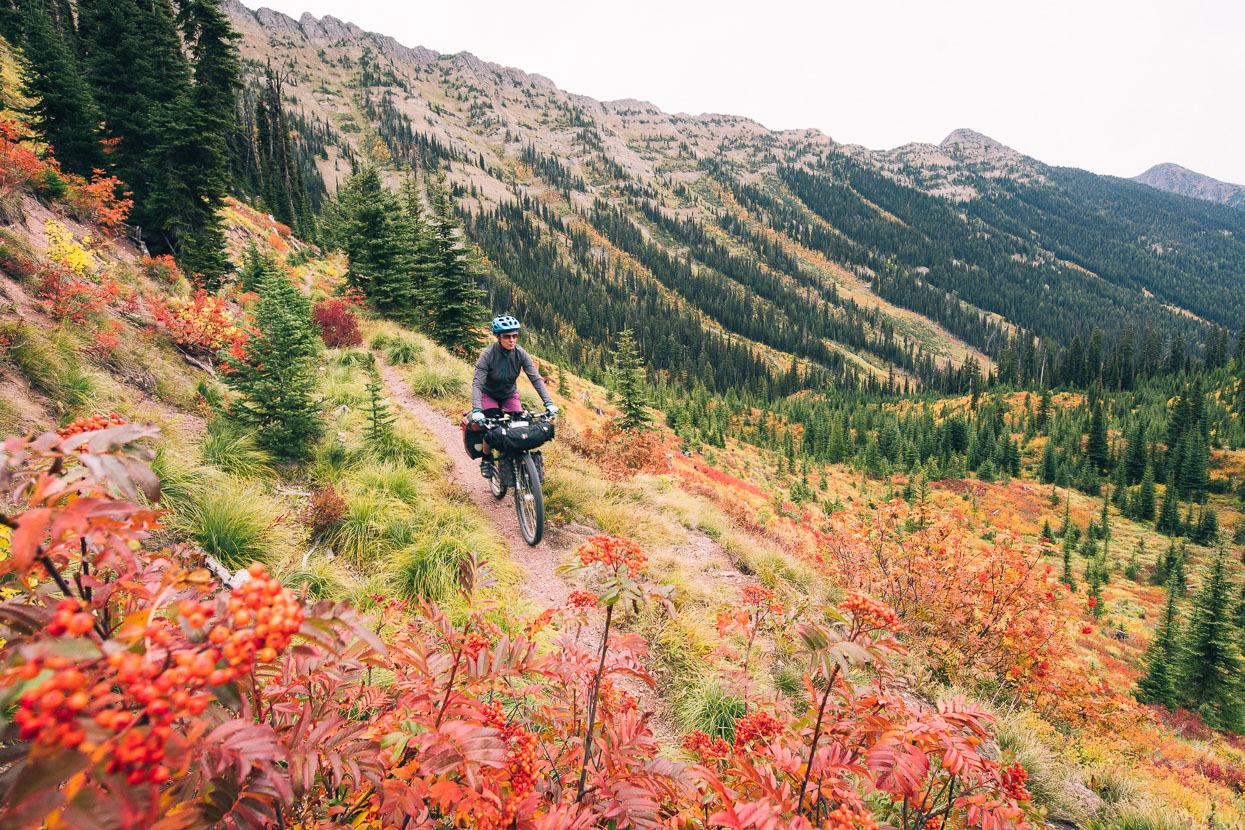
The guidebook warned of a tedious section of trail covered in fallen trees, but to our delight (especially late in the day) the trail had been cleared, presenting a very long and fun descent down towards the forest road that would take us into Seeley Lake. Autumn colours were in full bloom here and we’d never seen tones quite like it, especially among the lush greens of the alpine grasses.
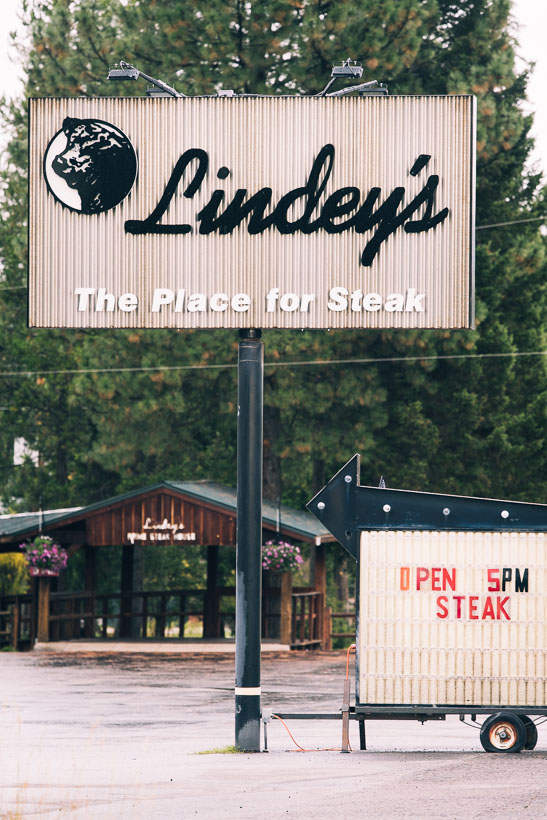
The Seeley Lake Motel provided camping and a couple of diners provided the fare that is most sought after in these parts.
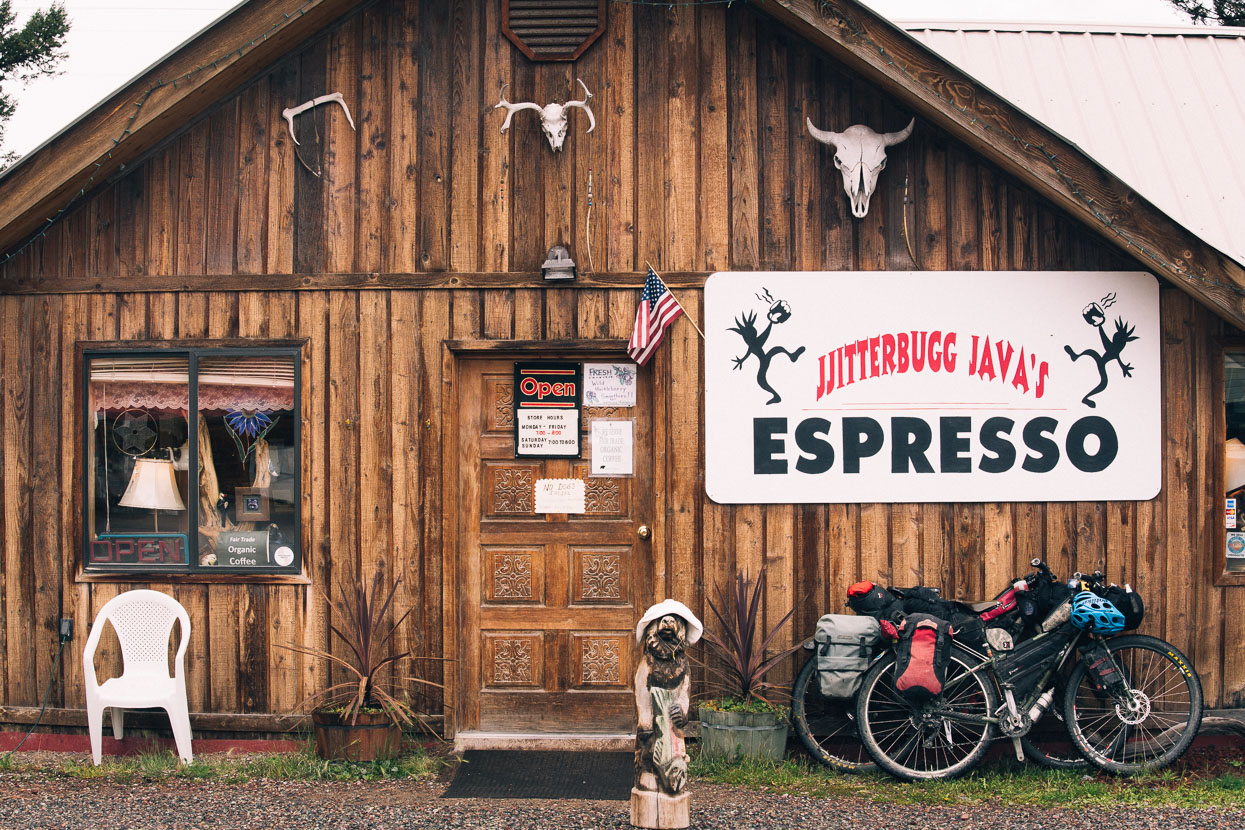
Grey and moody weather had been the theme since Whitefish and a cold morning greeted us in Seeley Lake. After stocking up on more supplies we sat down for a coffee. While not much on the outside this great wee cafe was a warm haven stocked with an amazing range of historically and culturally themed books, along with art and photography.
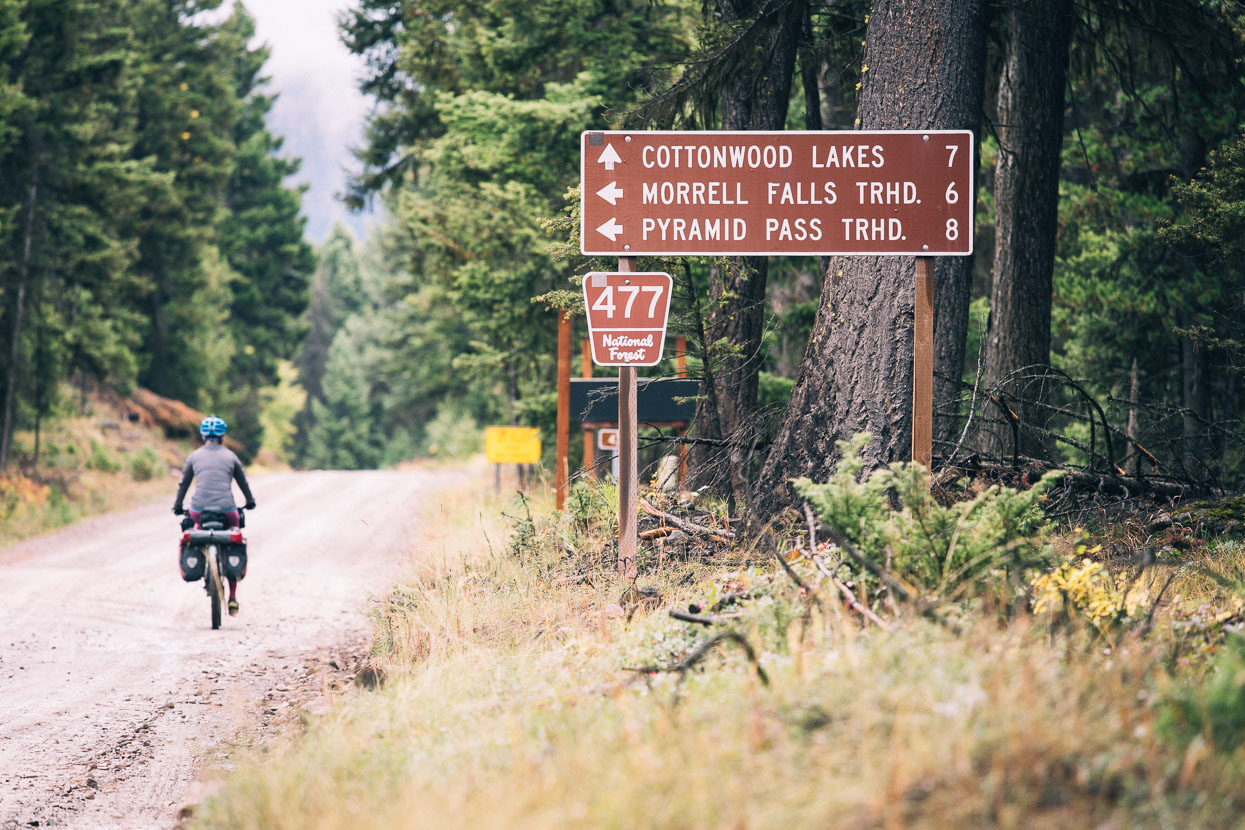
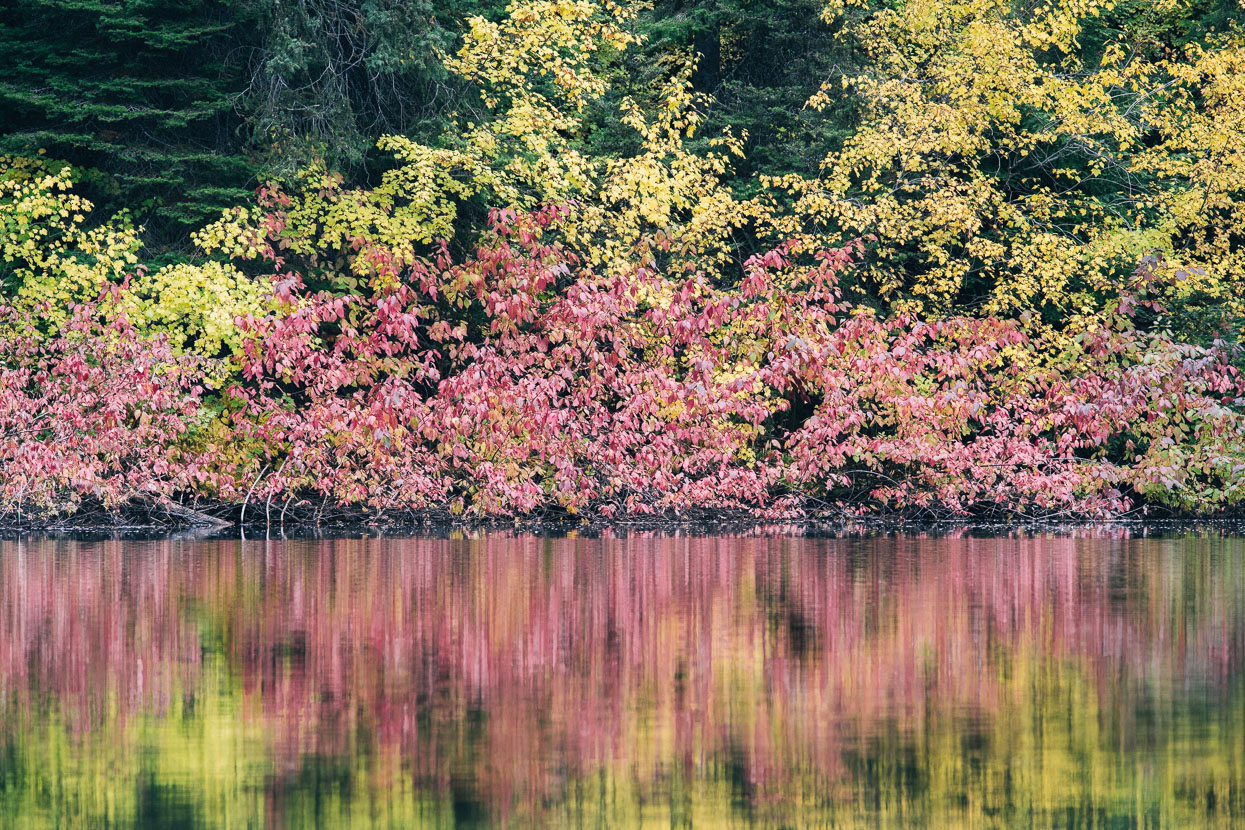
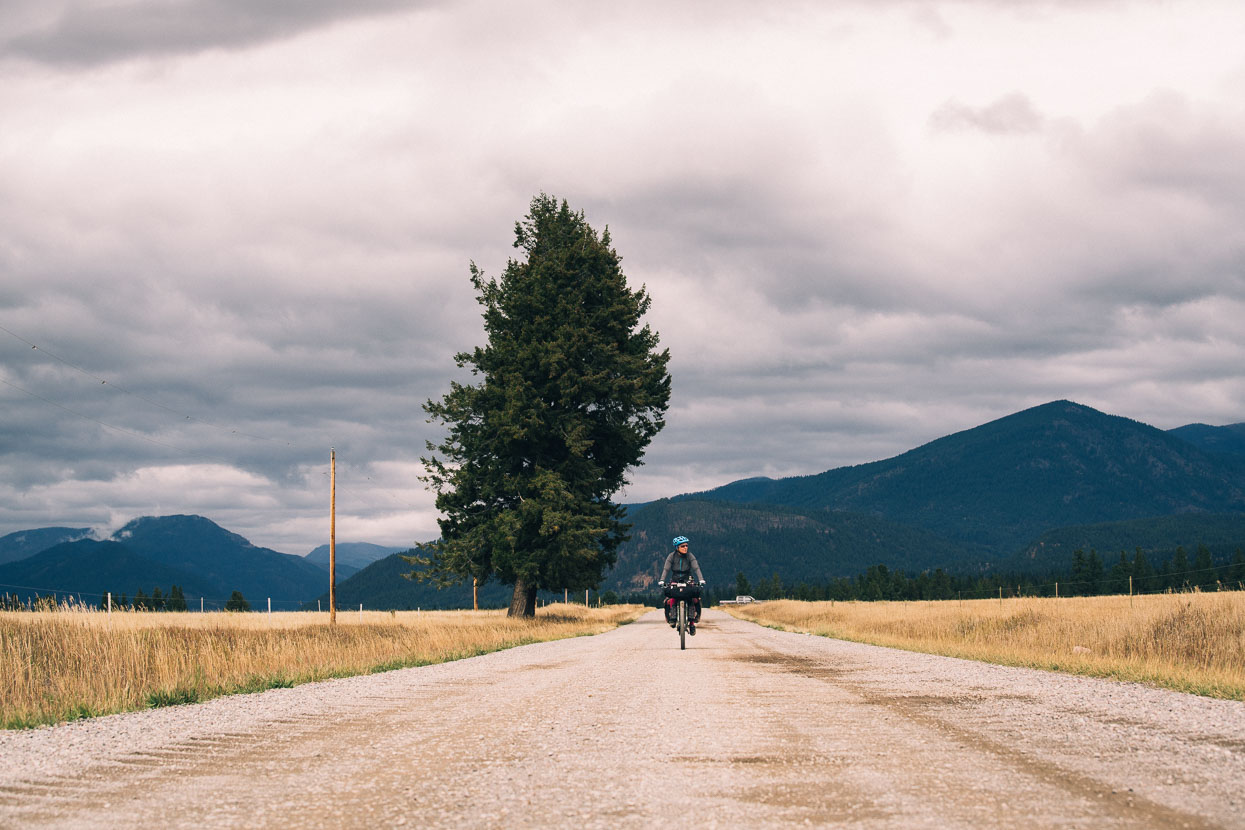
Another day of undulating forest riding followed before we broke out into the high grassy basin of Ovando.
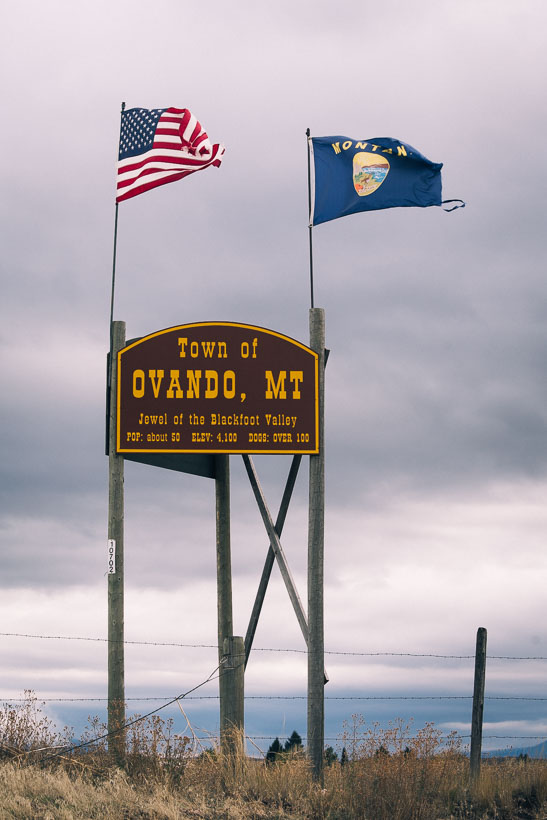
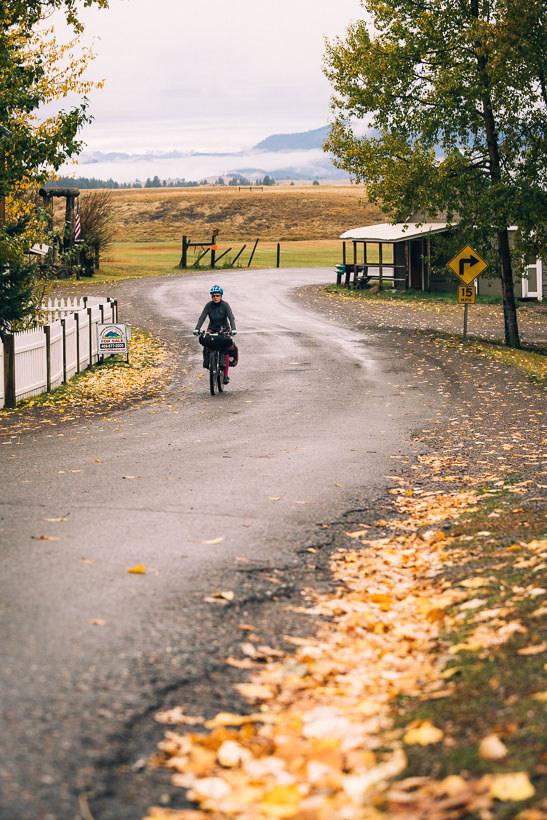
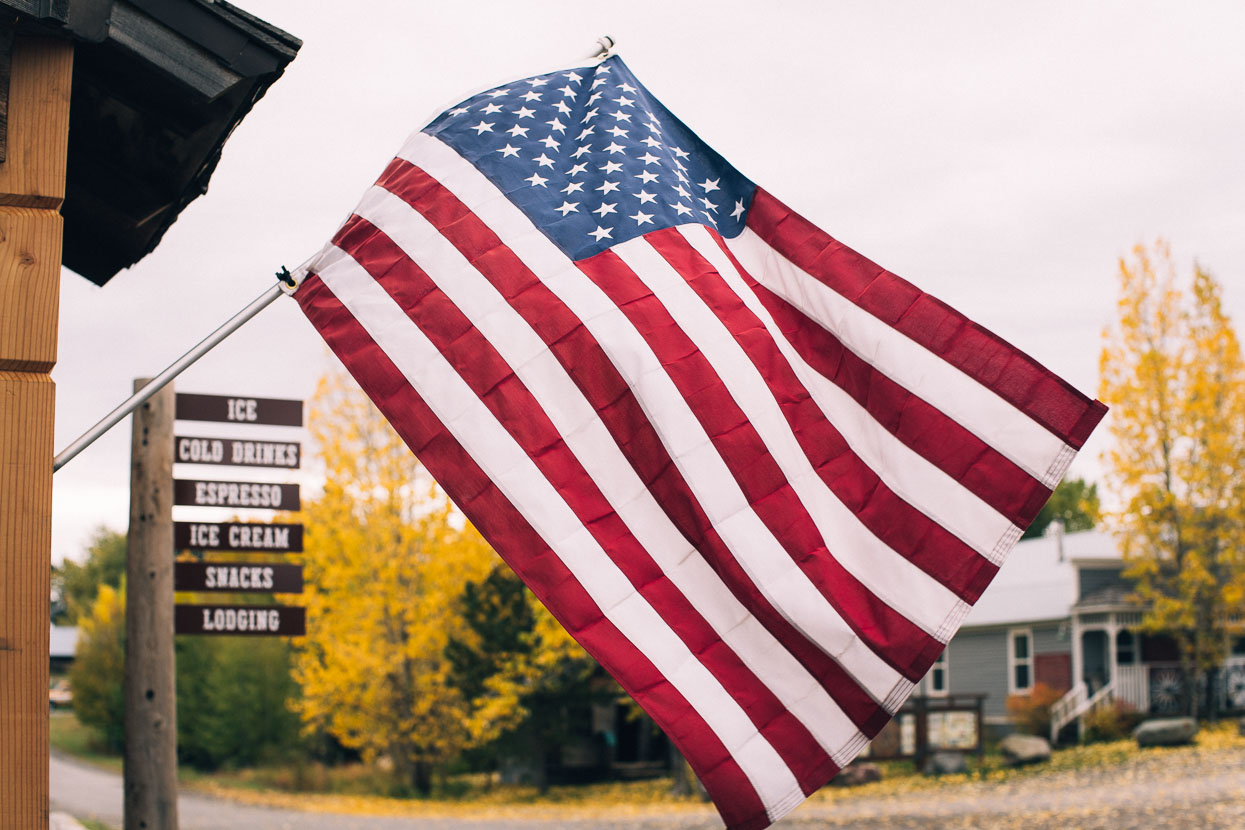
We’d planned to bike past the township of Ovando and camp for the night in the next forest block, but this cyclist-friendly town has embraced the Divide-rider traffic that passes through – setting up some basic accommodation in an historic jail (the Hoosgow), a teepee and a sheep-camp trailer. The fishing supply store has spare bike parts, the cafe good wifi and the restaurant up the road offers a classic rural-Montana dining experience, with a burger, steak and chicken-strips menu and a bar propped up by stetson-wearing cowboys.
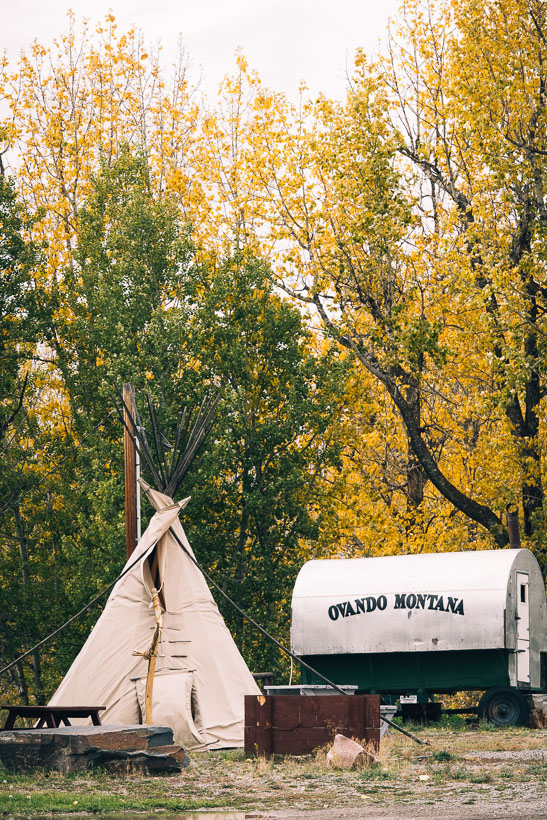
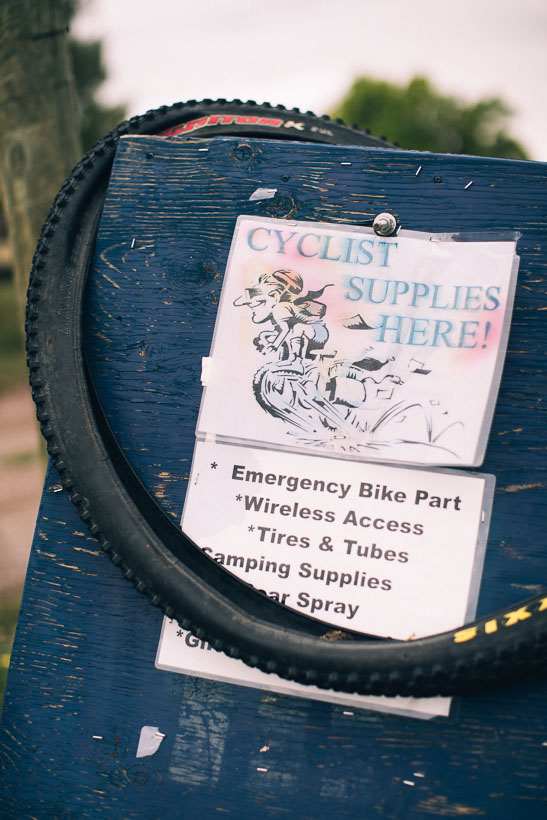
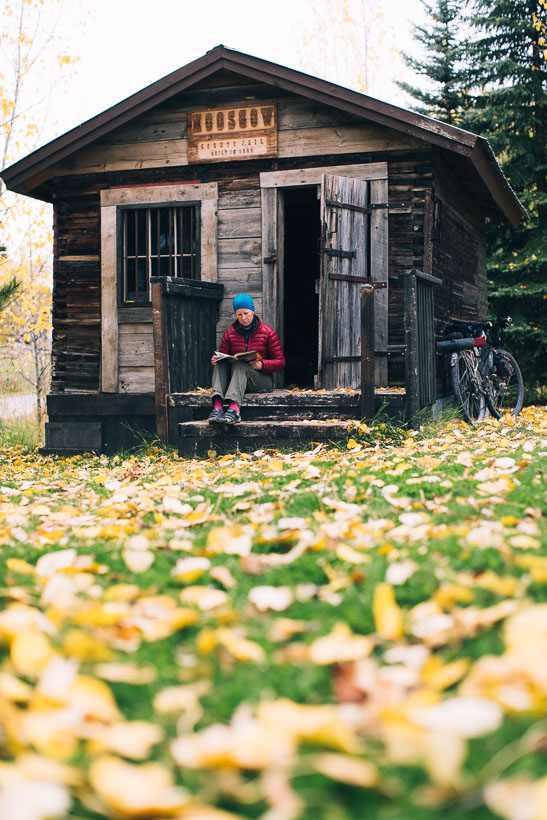
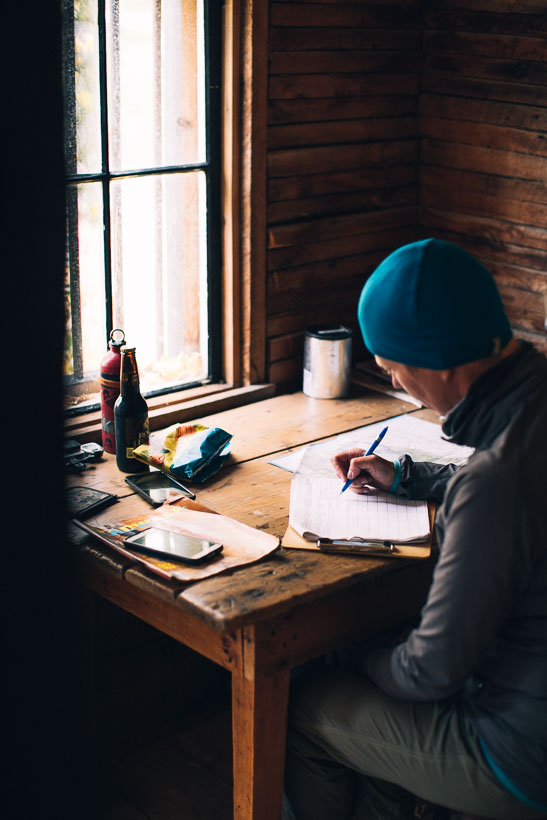
The hoosegow made a perfect shelter for the night for cyclists used to New Zealand’s basic back country huts (cabins). Carefully restored, this cute little building is open to the public and the guest book presented a multi-national list of cyclists and other visitors. On a cold night it kept off the frost.
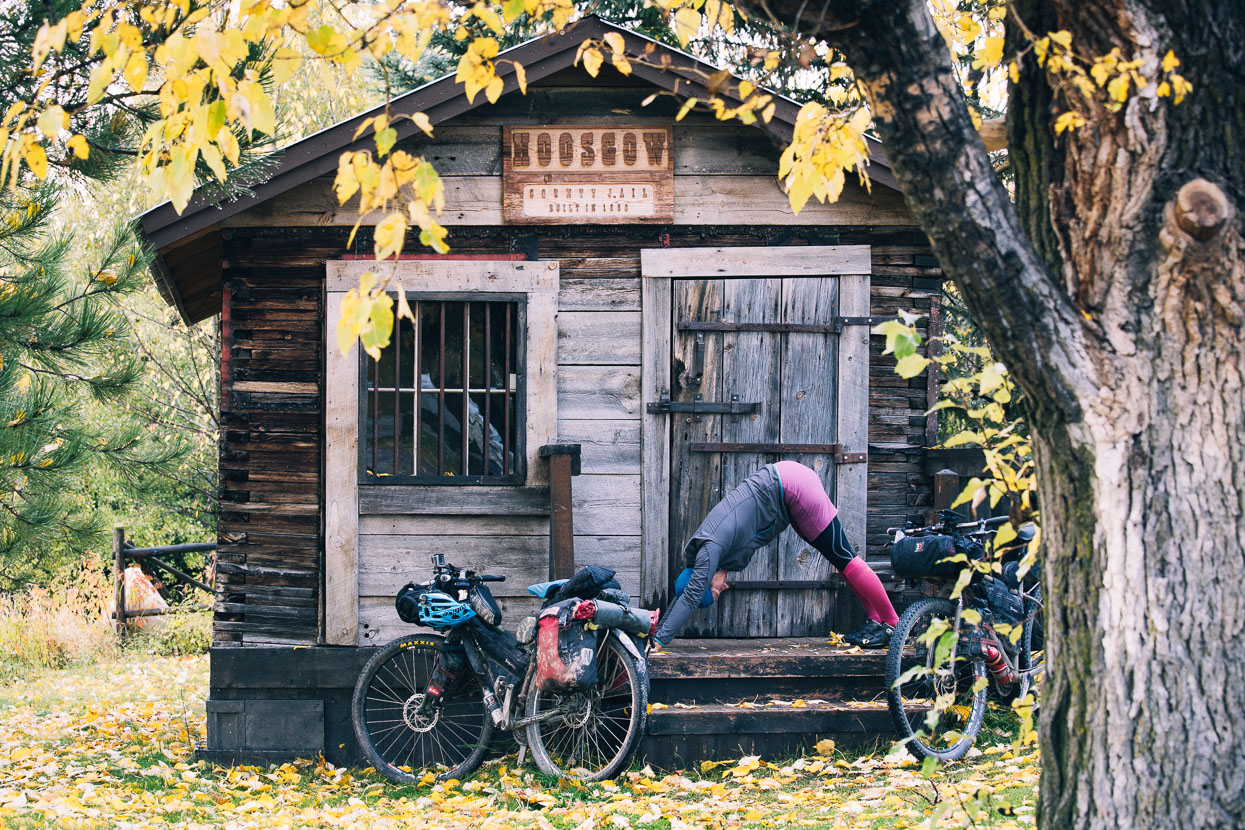
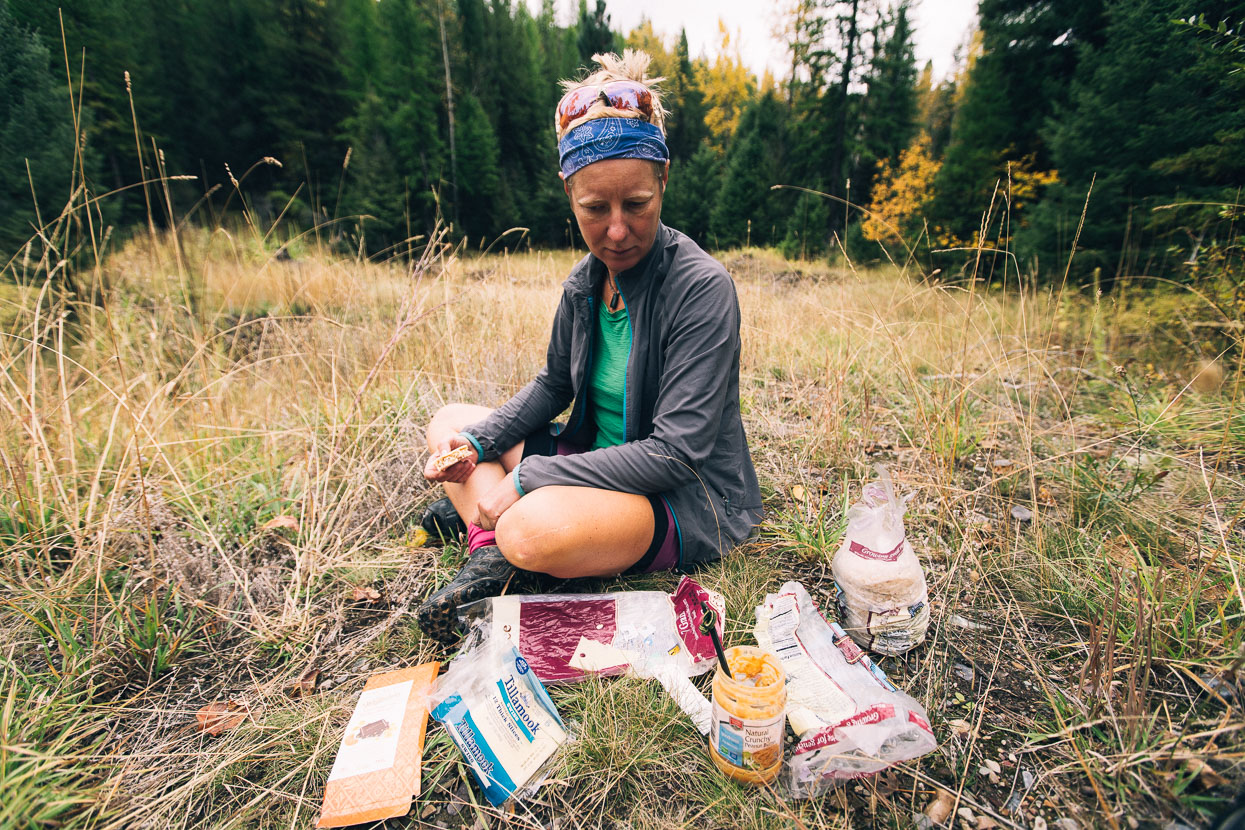
Hana contemplates lunch. We keep it basic. Usually wraps or bread filled with cheese, peanut butter and sometimes tuna. Condiment sachets pilfered from restaurants occasionally add a bit of extra flavour.
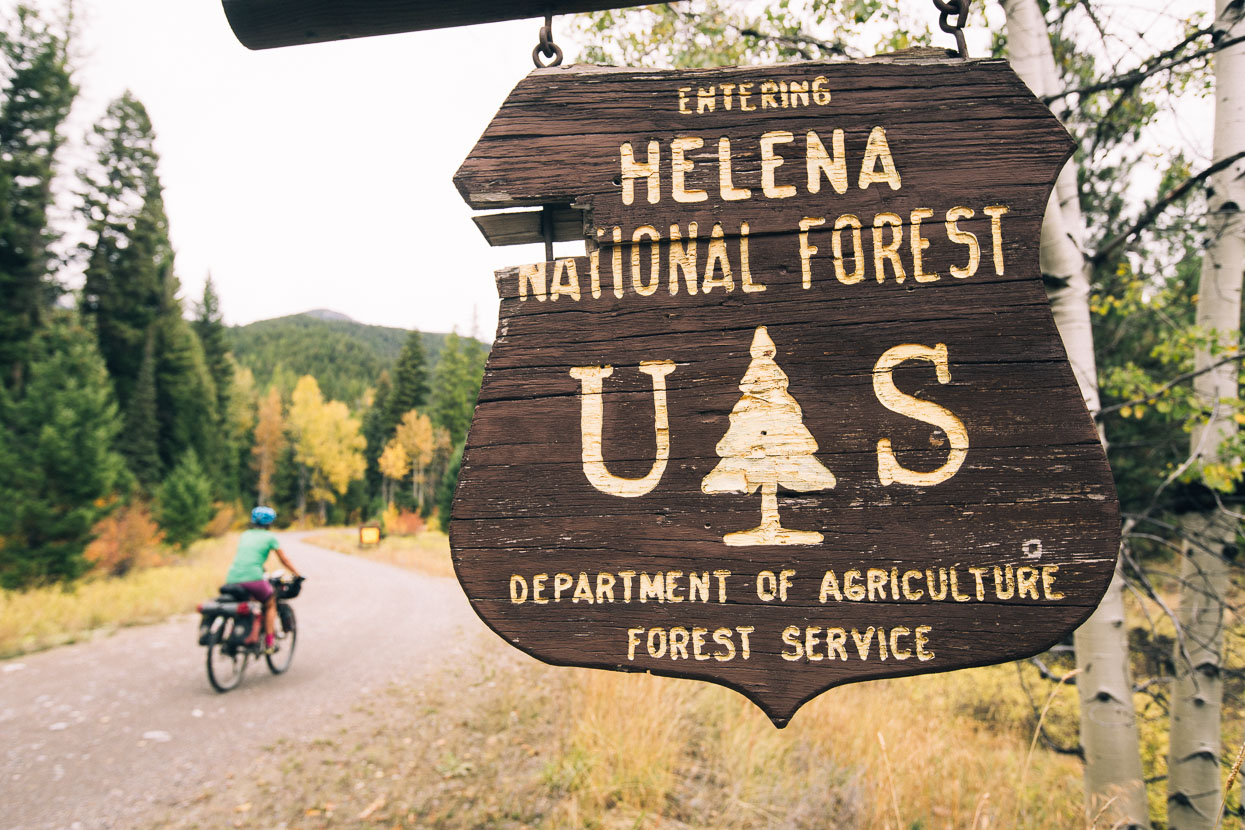
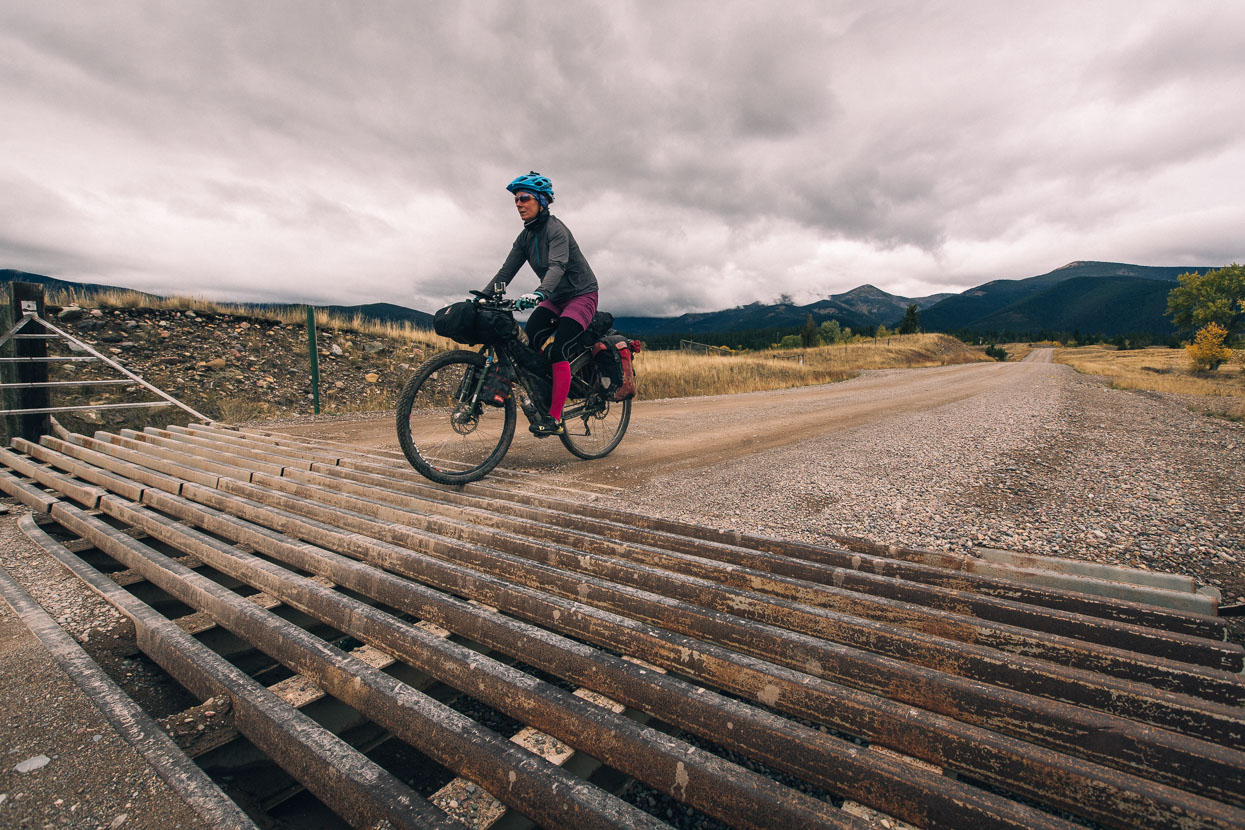
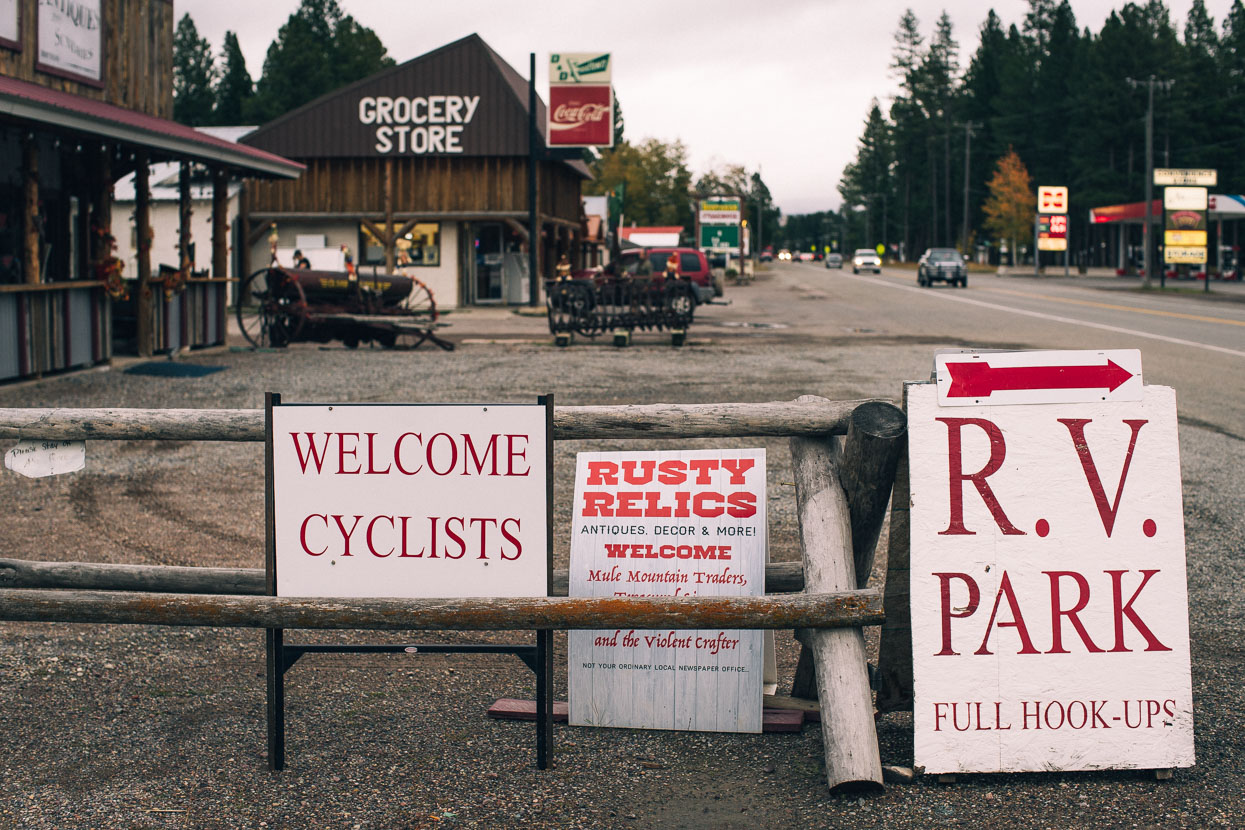
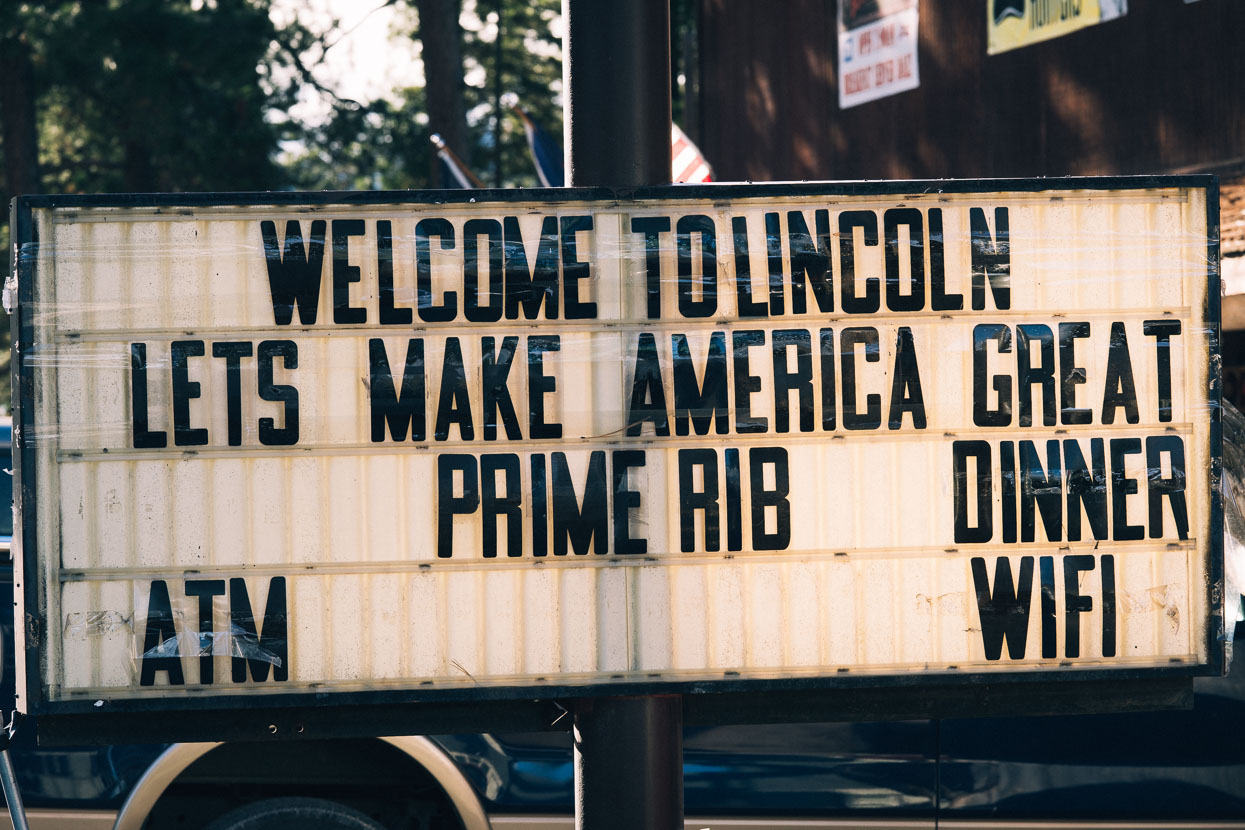
Another day of near to 1000 metres of climbing got us into Lincoln, a scruffy rural highway town. Deer wandered among trailer homes one block back from the main drag and the motel room we picked was a 1960s time capsule. We weren’t complaining for $55 though. The forecast spoke of heavy rain for the following day, and with four Continental Divide Crossings coming up we decided to sit the weather out a day. As it was a cold wind whistled through town and the skies hung heavy. In a town comprised of, apparently, Trump voters, we weren’t too surprised to see cars with ‘NRA’ (National Rifle Association) plates parked outside a town meeting hall. The NRA are powerful pro gun lobbyists, but hey, we were in cowboy country after all. Our best discovery in town was the $1 beer special at a burger restaurant, even though the waitress forgot our order and persisted on arguing loudly with the chef.
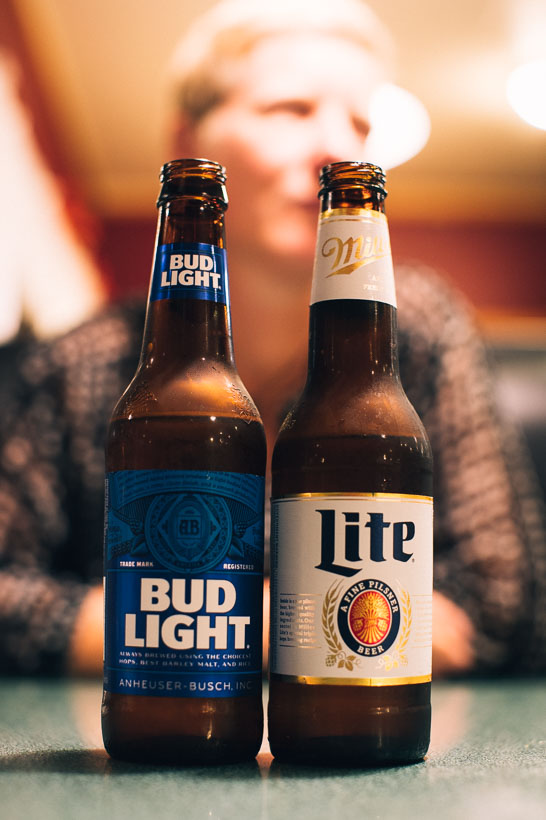
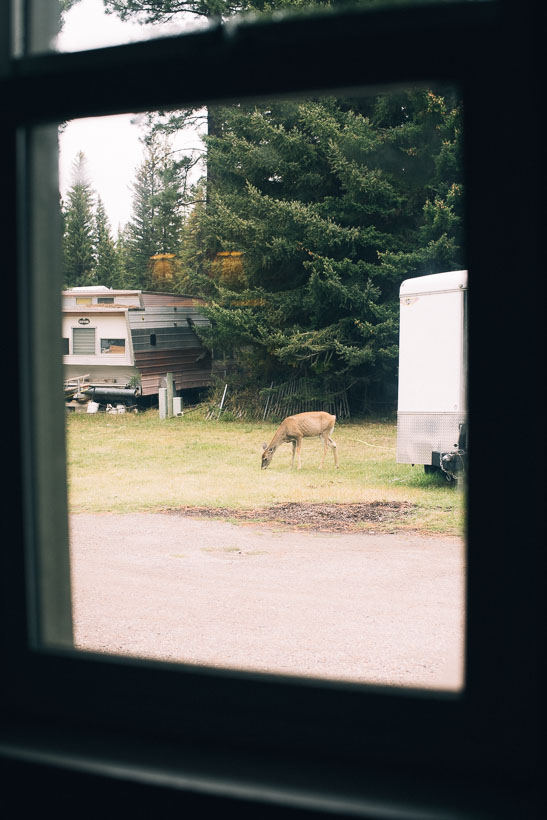
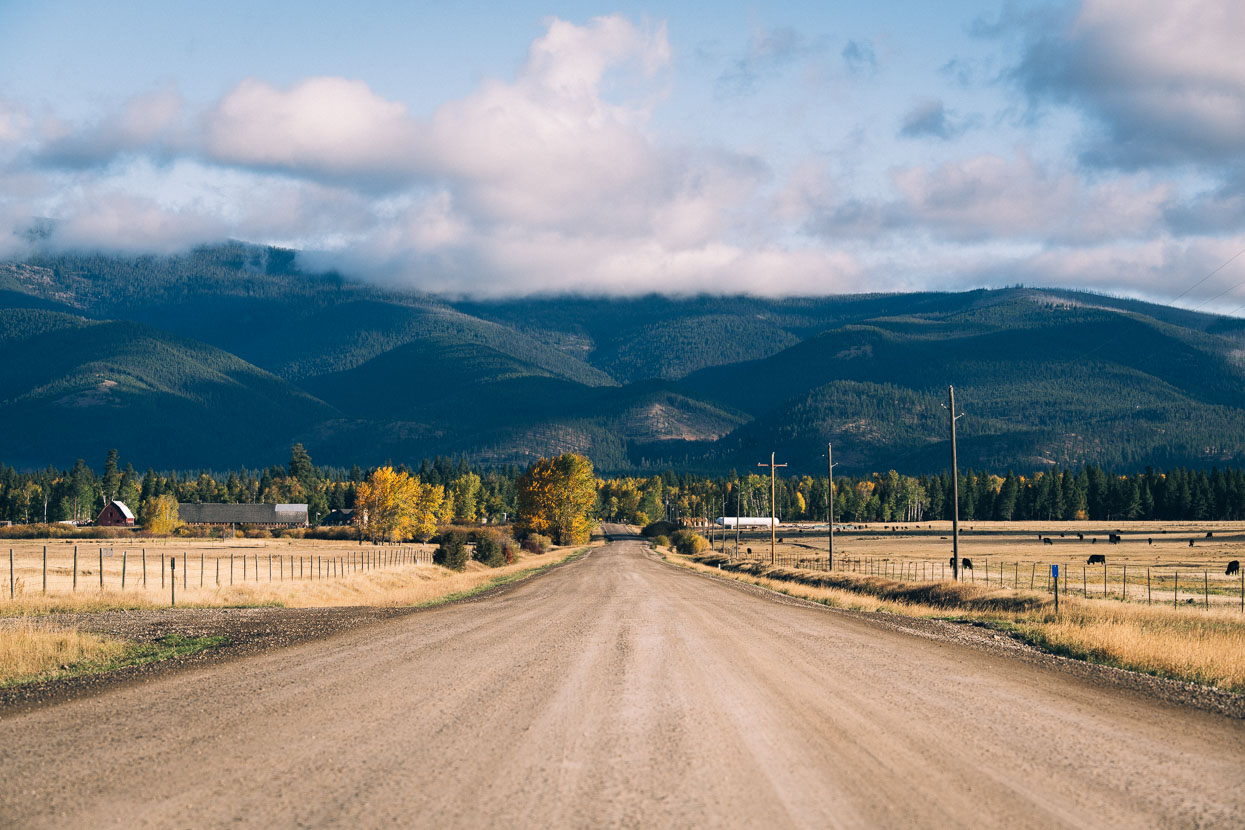
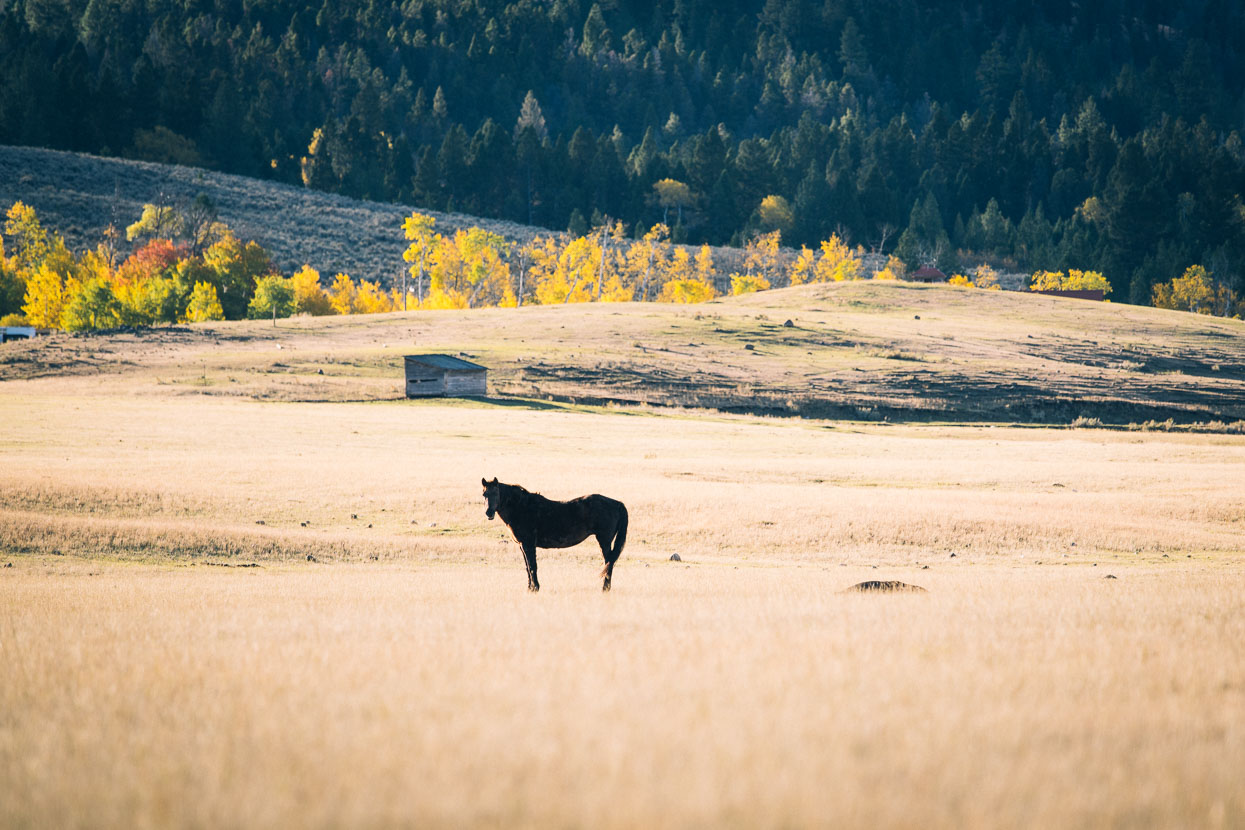
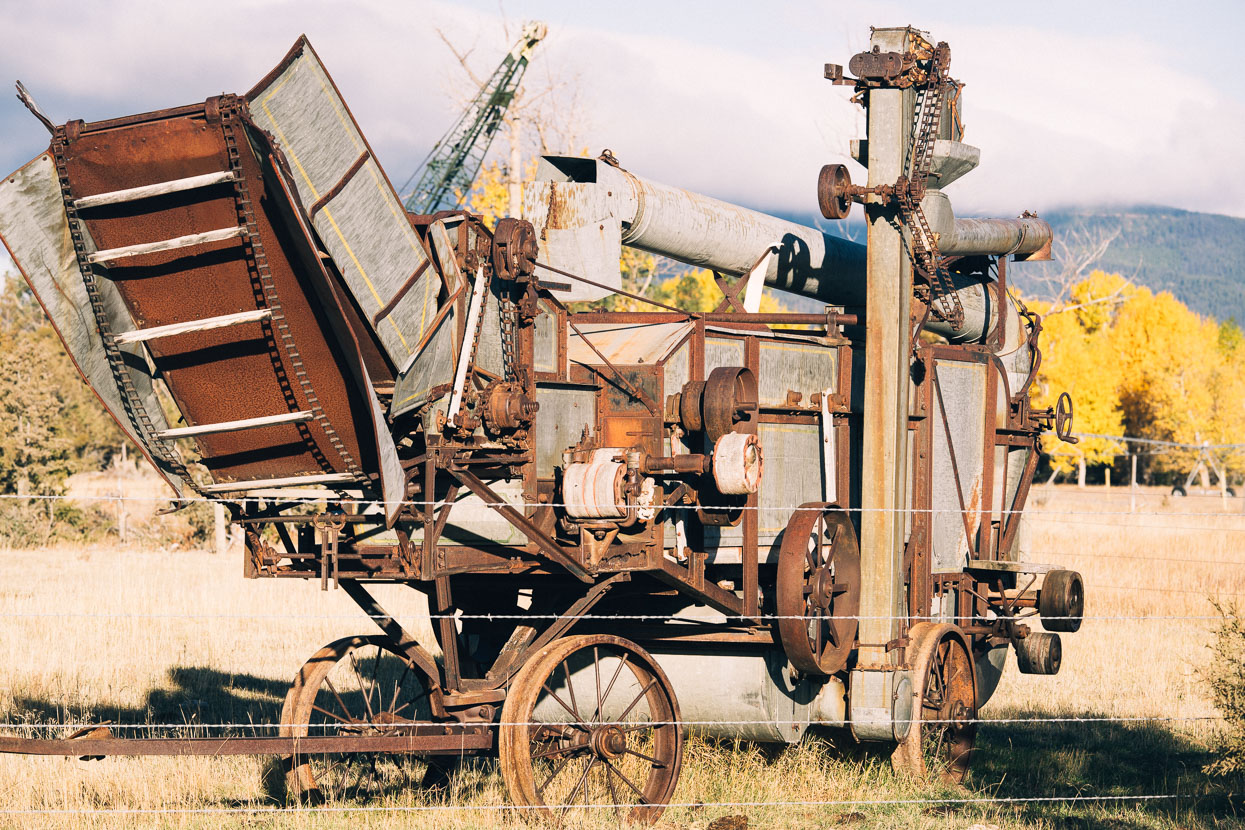
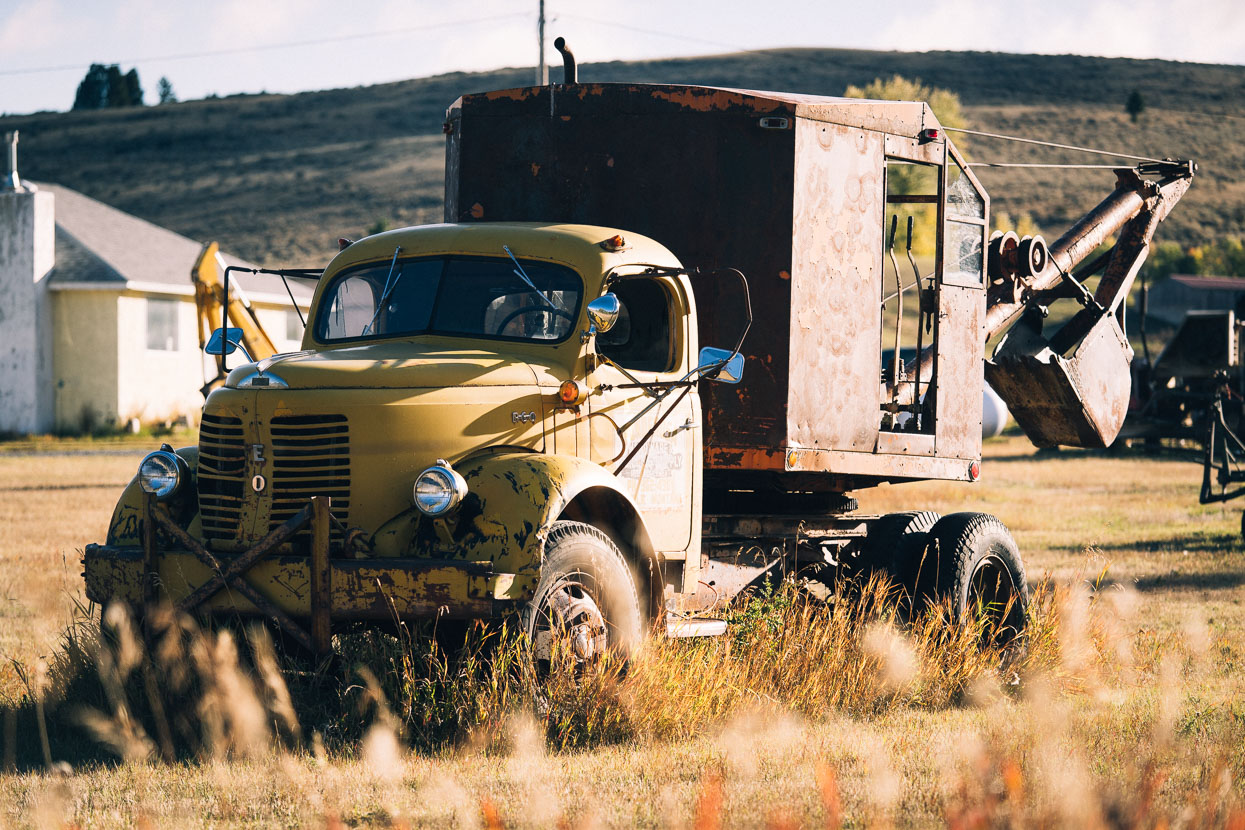
Out of Lincoln a dirt road led through pasture land beneath clearing skies but a crisp northerly chilled us when we stopped. Relics from the battle to draw riches from the Earth were becoming a common sight, and mining history becomes one of the constant themes of our journey proximate to the Continental Divide. Old rock often means gold-bearing rock, and although the biggest gold rushes took place in the late 1800’s, miners have still come and gone ever since, especially with improvements in technology.
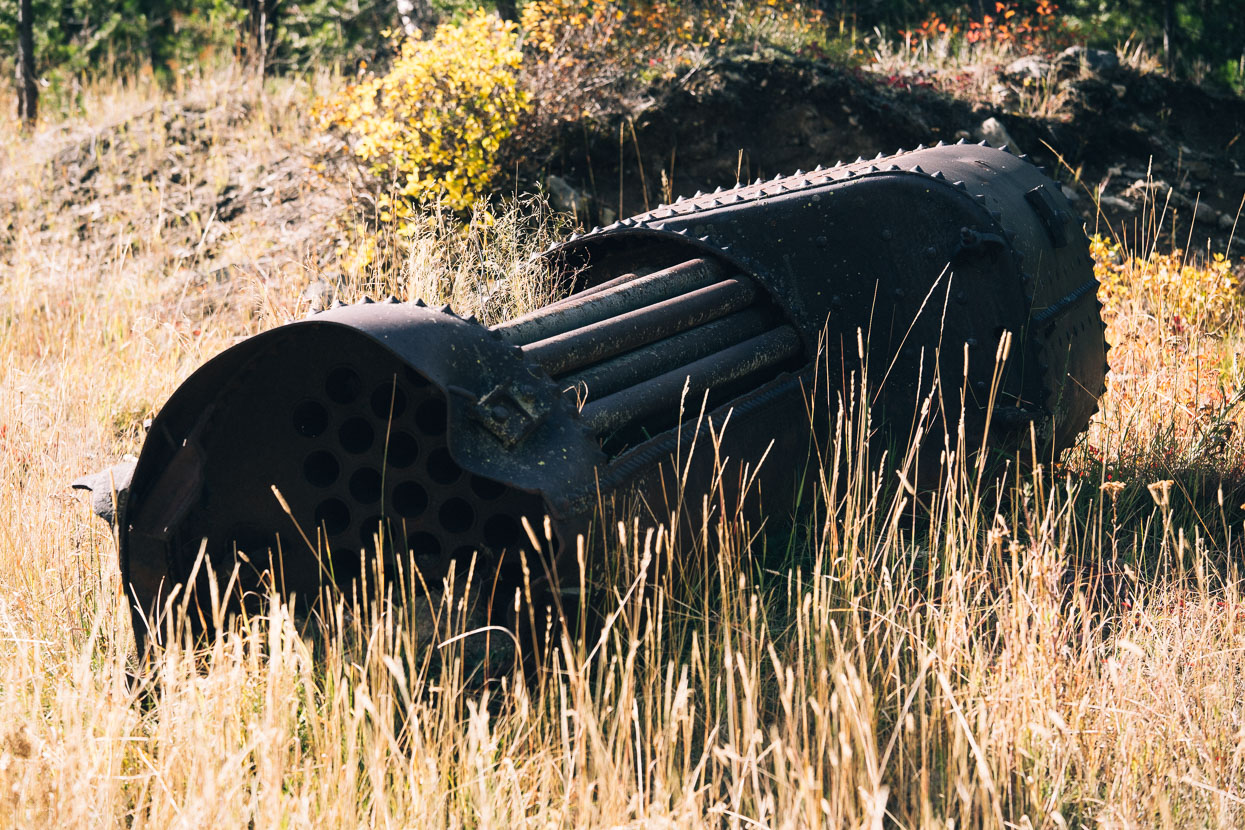
An old steam boiler, a rusting relic left over from mining days, on the first climb of the day towards a 2000 metre divide crossing.
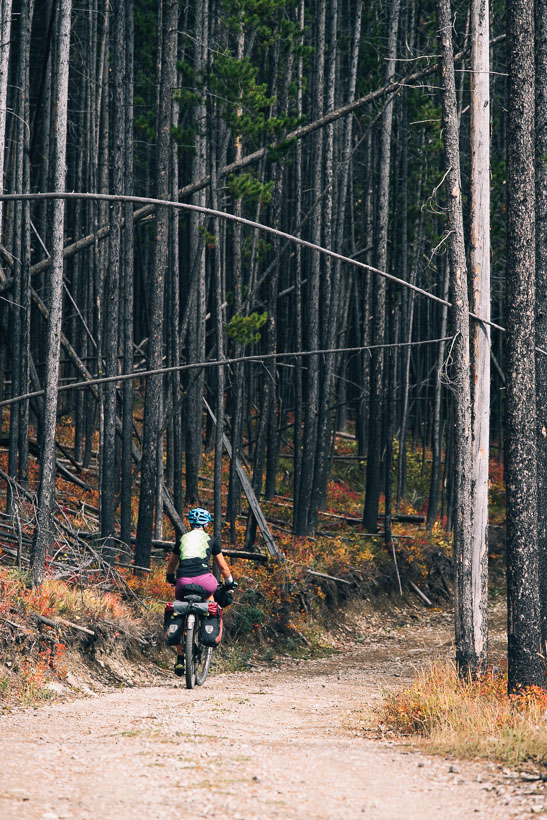
Fire scorched forest on Marsh Creek Road, climbing towards the Divide.
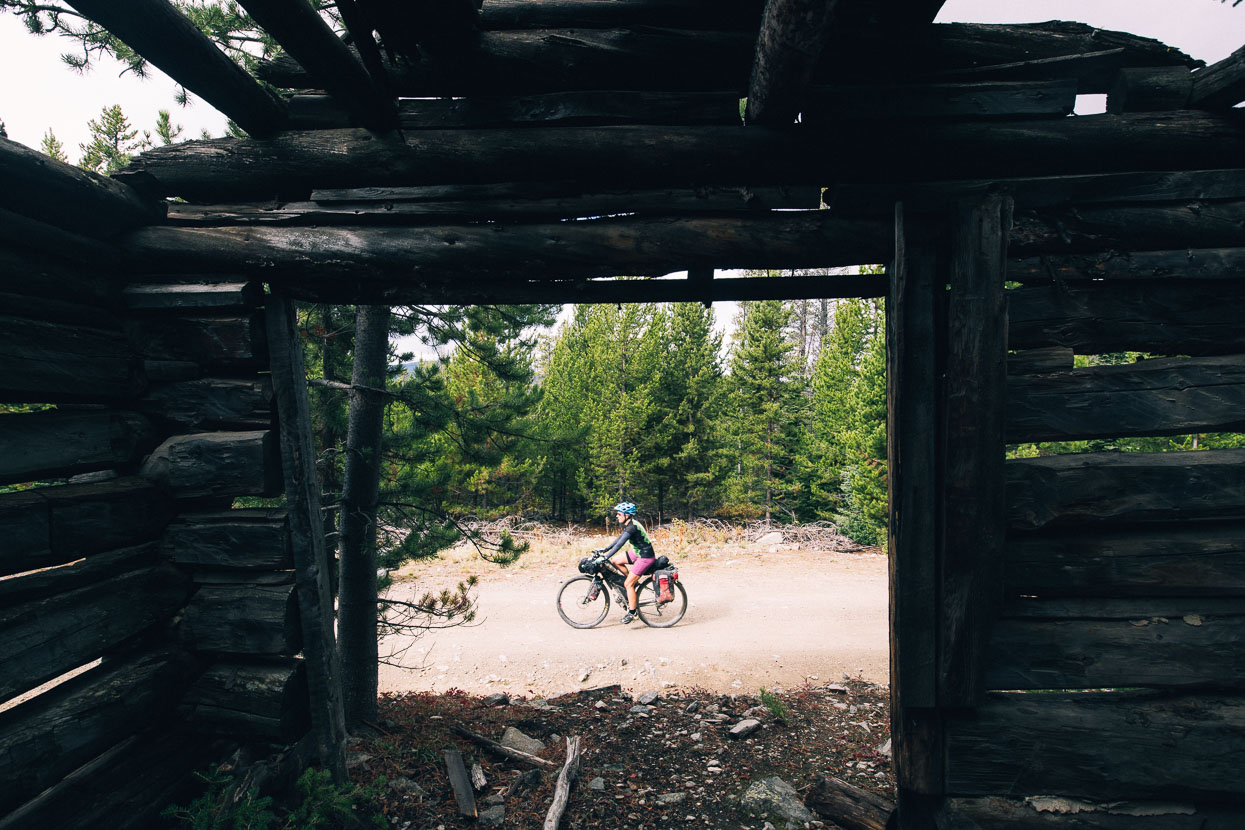
Old cabins, decaying and returning to the forest from which they came, are often seen along the route south.
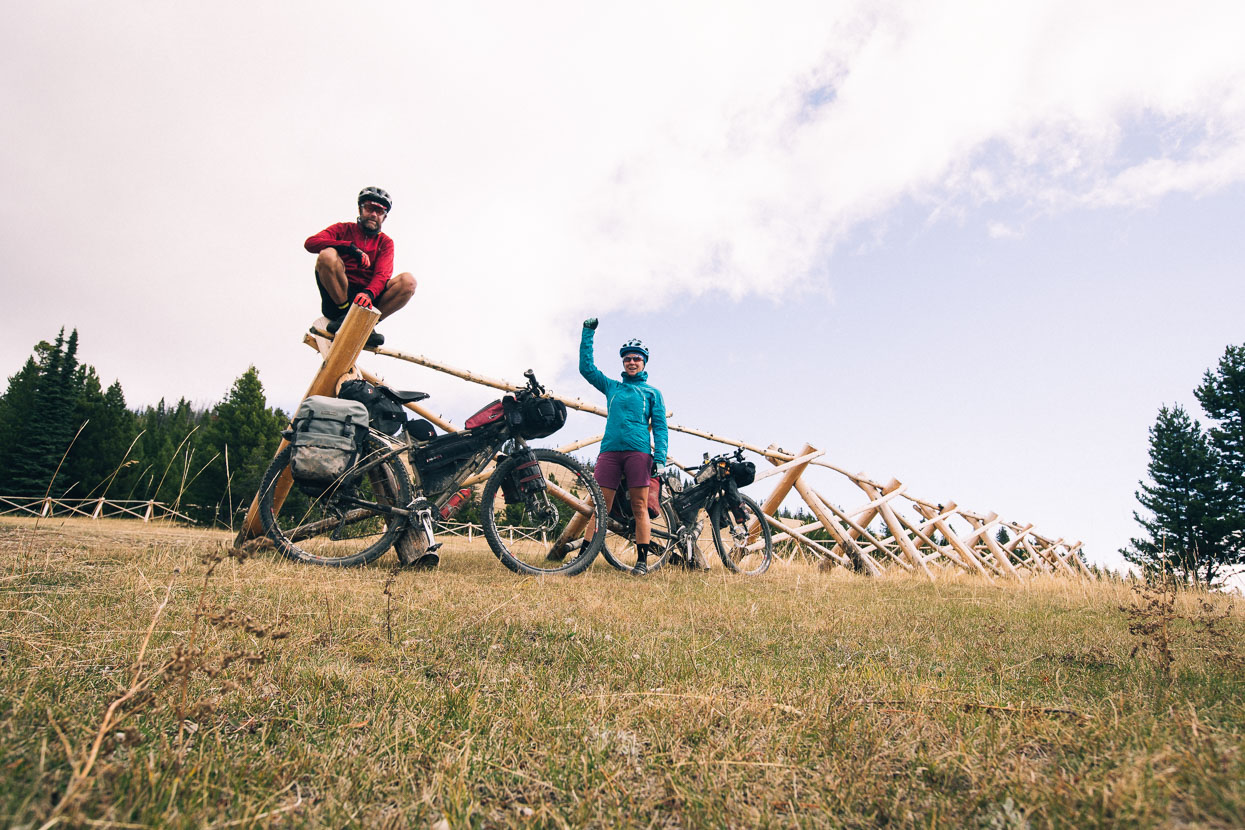
Continental Divide crossing number one (2082m) in the USA and the first of about 12 we’ll make in the coming weeks. The highest will be over 3600 metres.
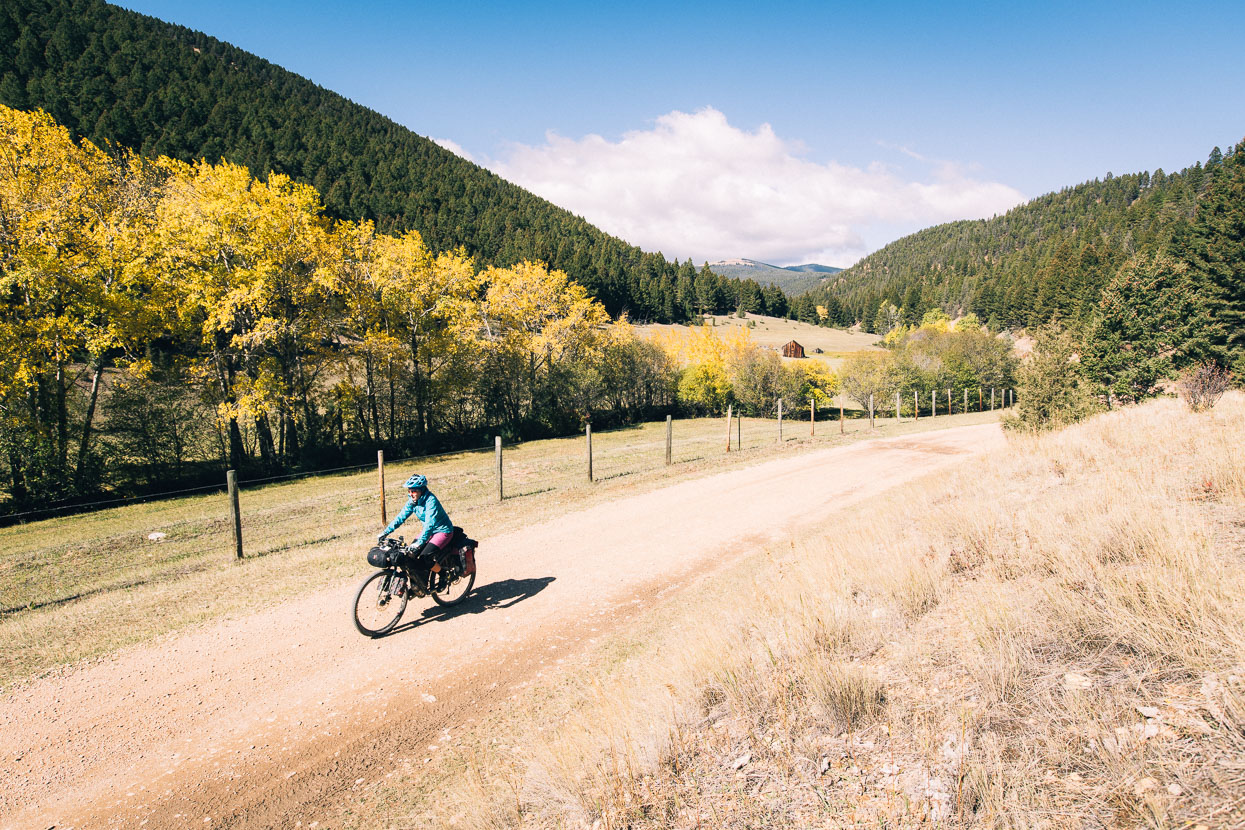
We drop to the eastern side of the Continental Divide and our surrounds change immediately: it’s more arid, the forest more open and the undergrowth sparse.
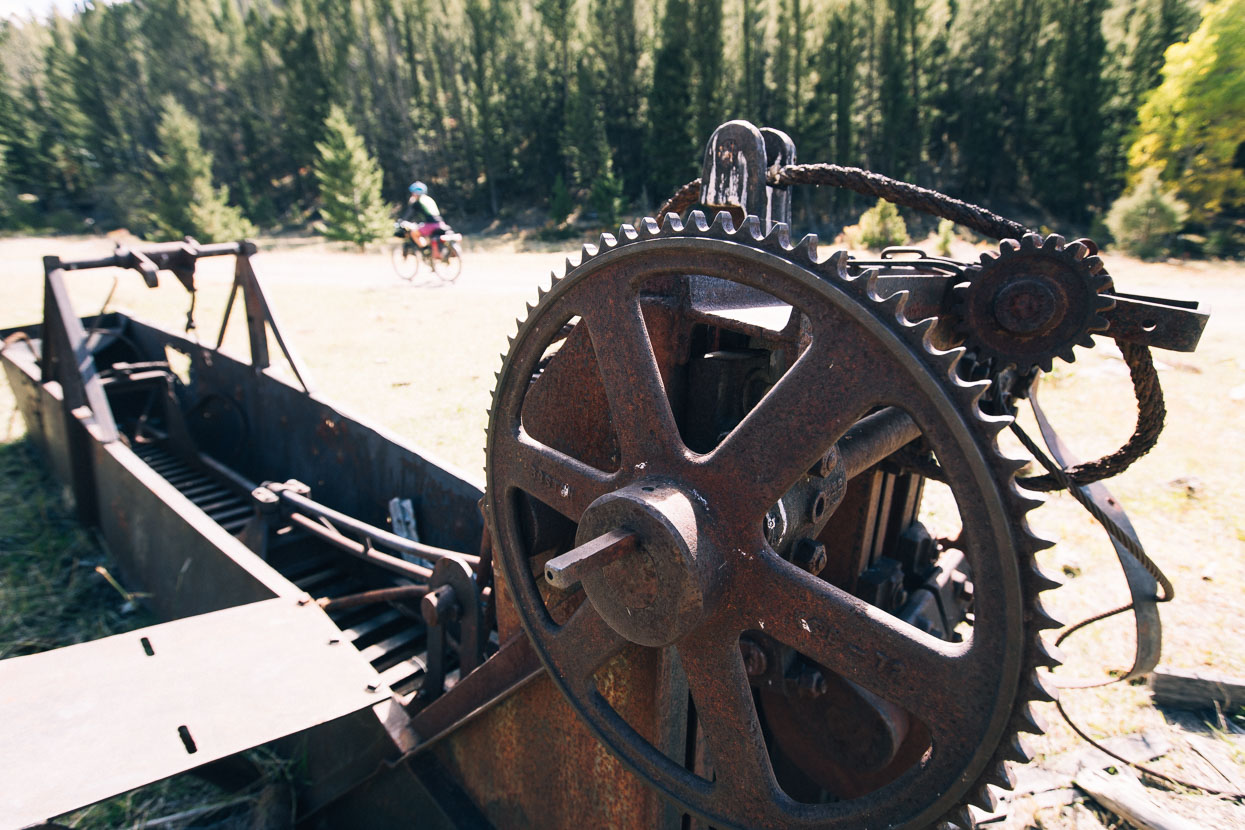
Mining relics at Empire Creek, en route to Divide crossing number two of the day.
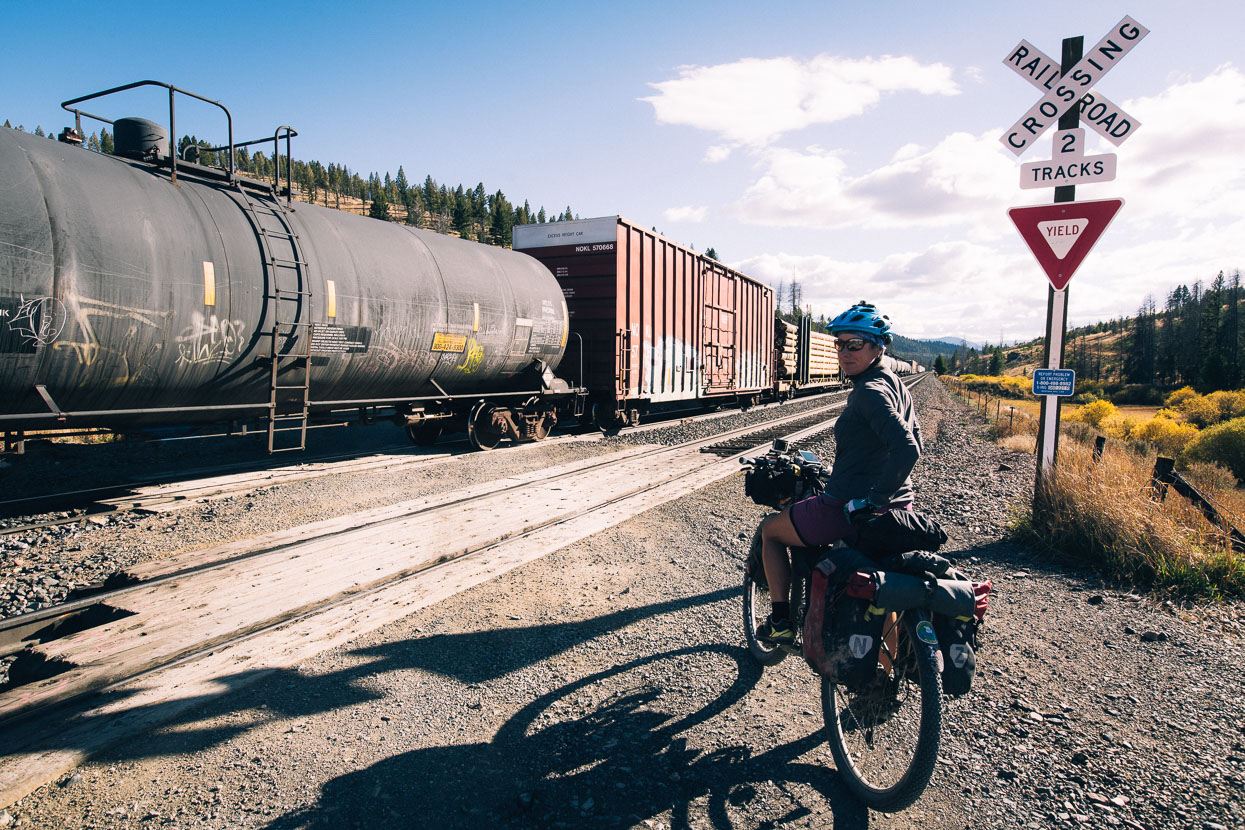
A hold up with a train stopped across our route late in the day tested our patience, and in the end we took to the track edge (the tail end of the train being visible some 400 metres distant), after a hop across a narrow track we got back onto the road.
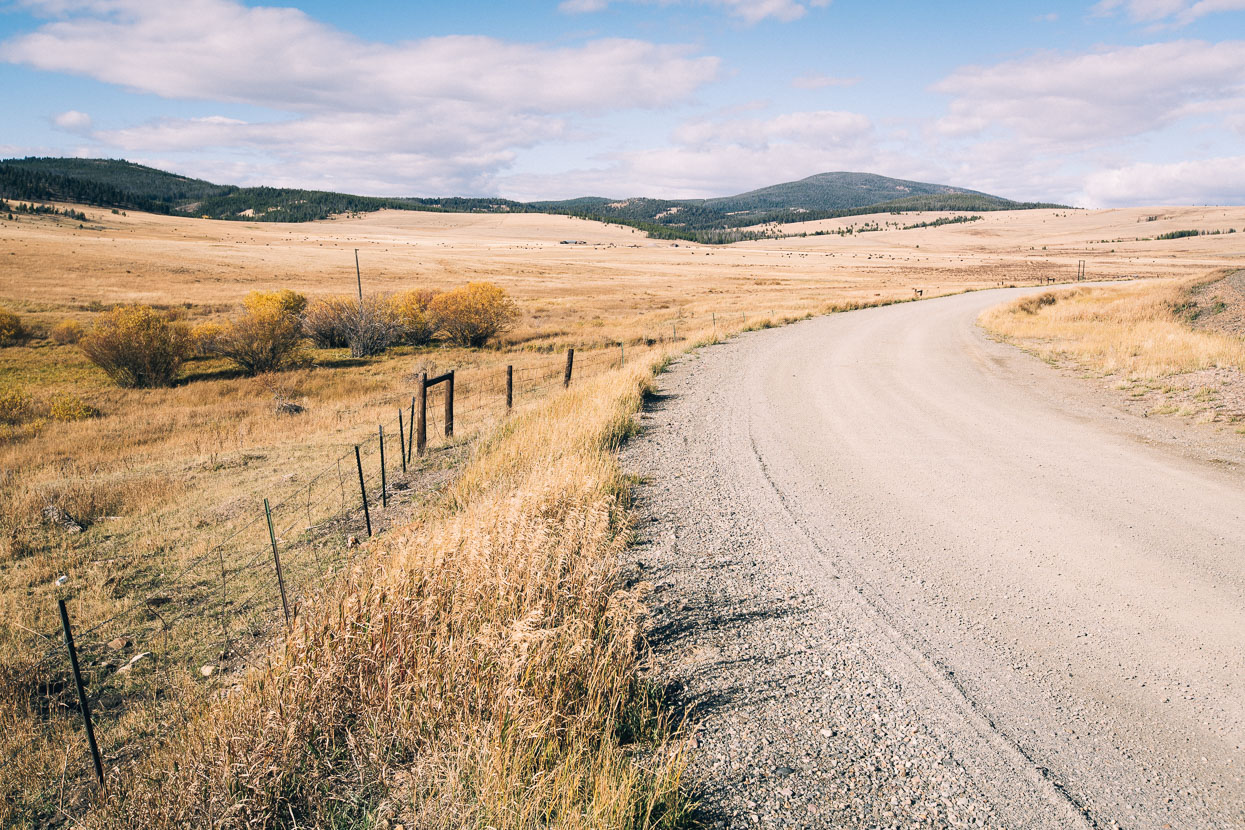
Open, rolling alpine basins made nice riding between Divide crossings three and four.
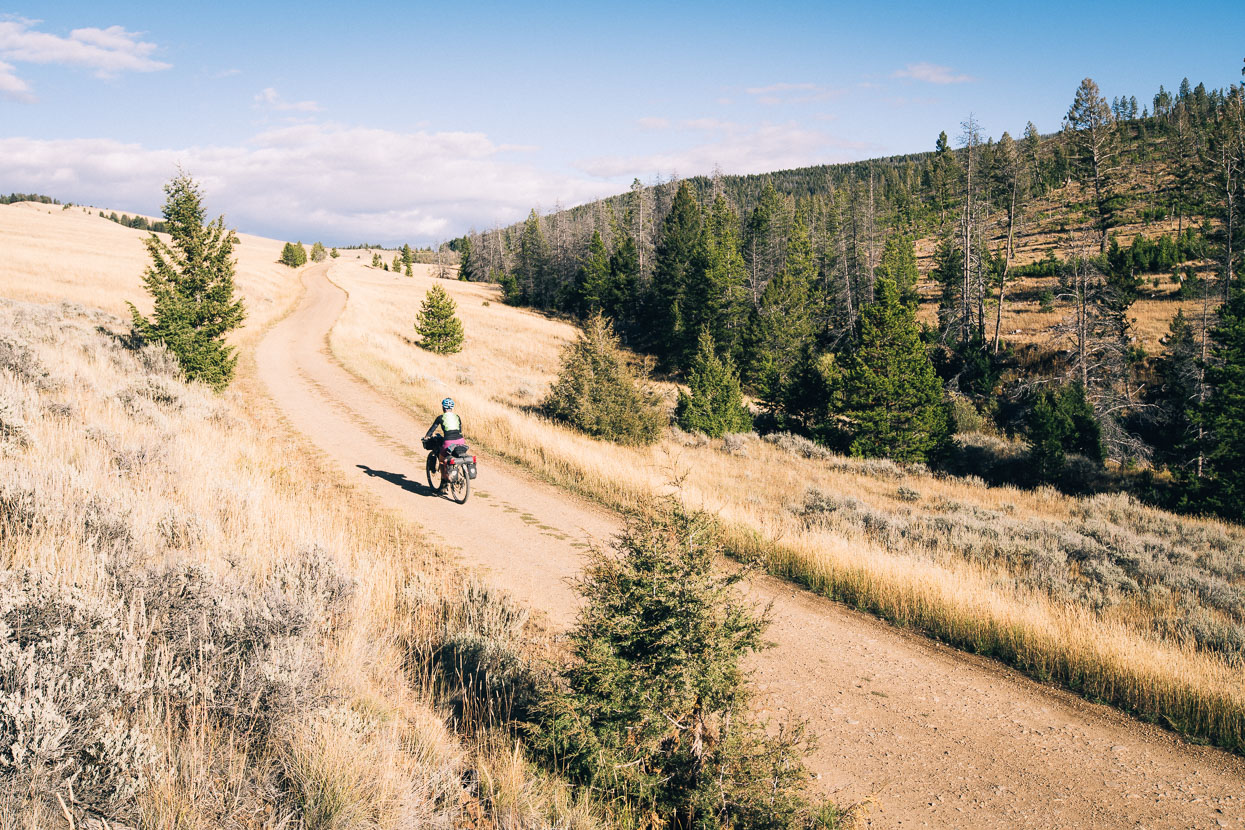
The gentle climb towards Priest Pass, the final Divide crossing of the day.
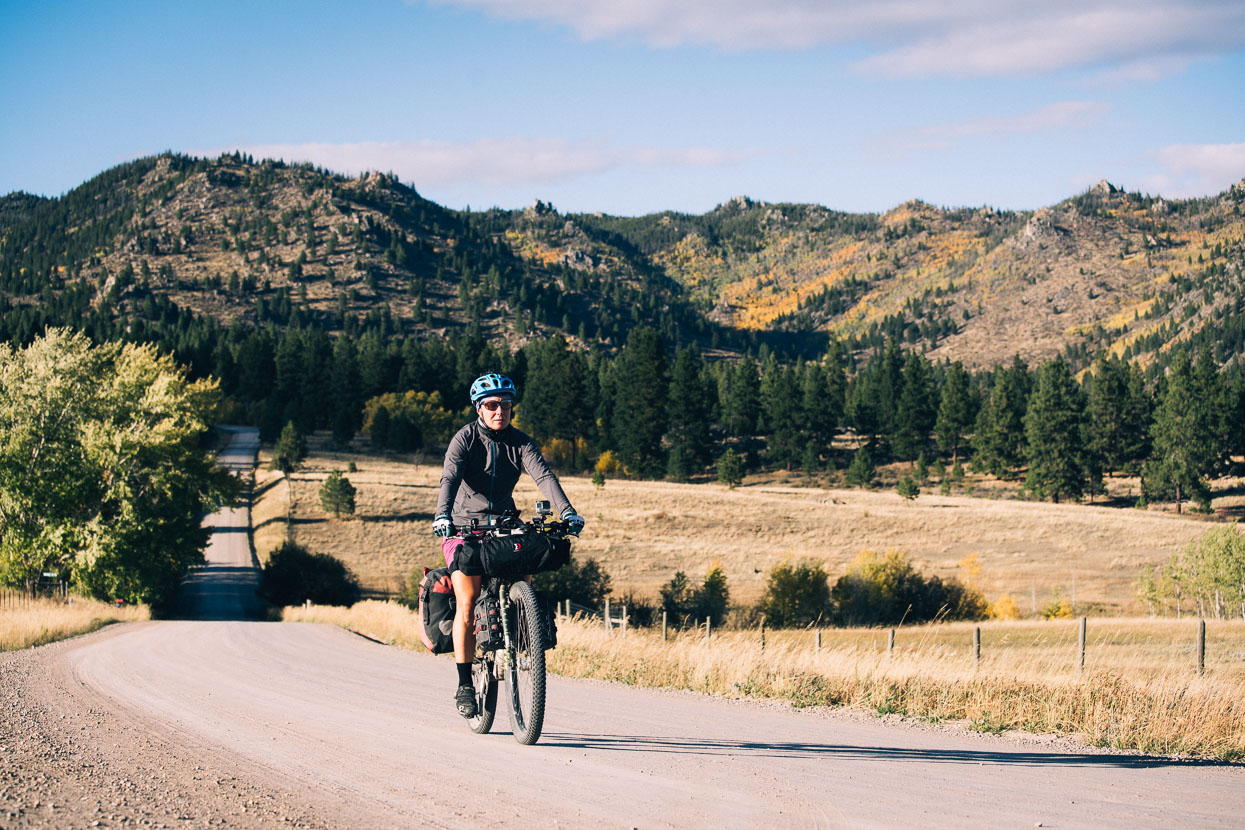
Coming out of the hills into open farming country about 10 kilometres outside of Helena.
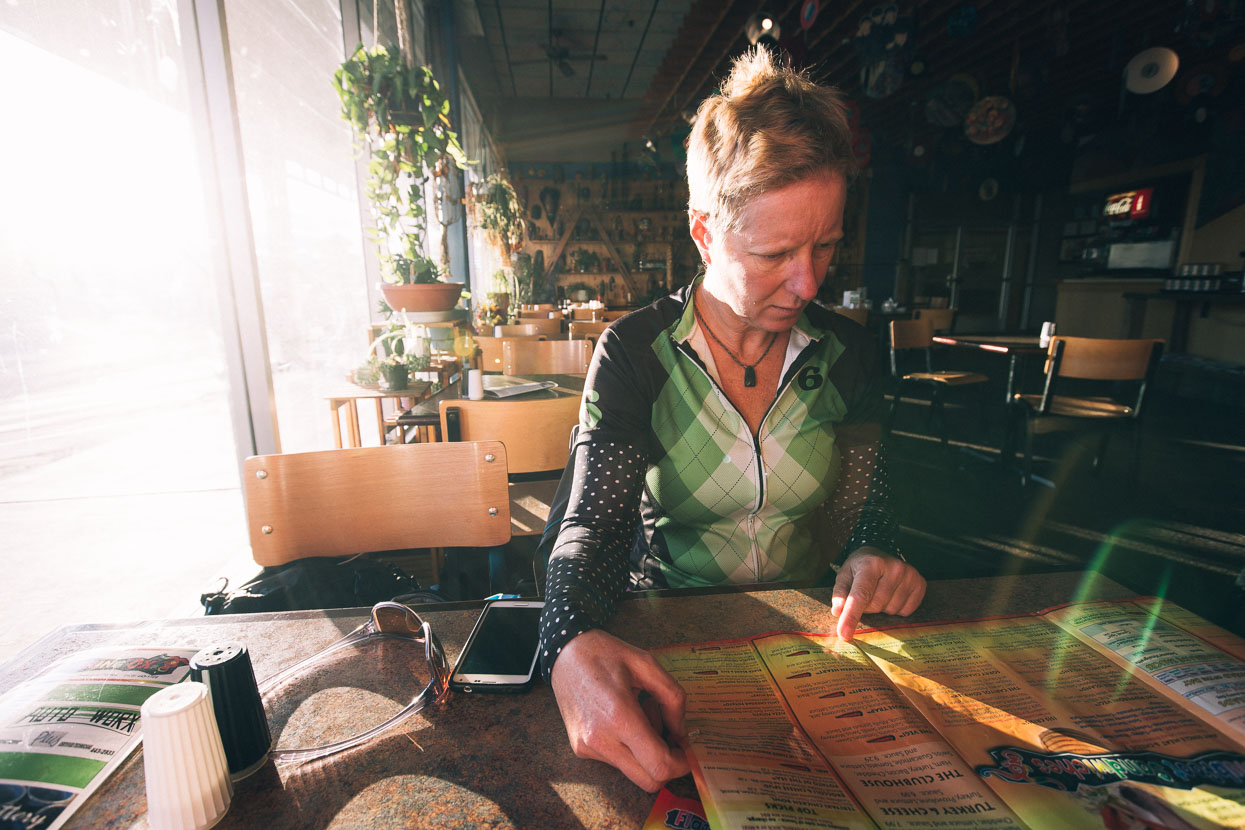
Helena, after 100 kilometres and over 1700 metres of climbing. Hana attempts to decipher the menu in downtown – one of those days where a sit down restaurant meal is the priority, before sorting accommodation for the night.
Thanks to Biomaxa and Revelate Designs for supporting Alaska to Argentina.

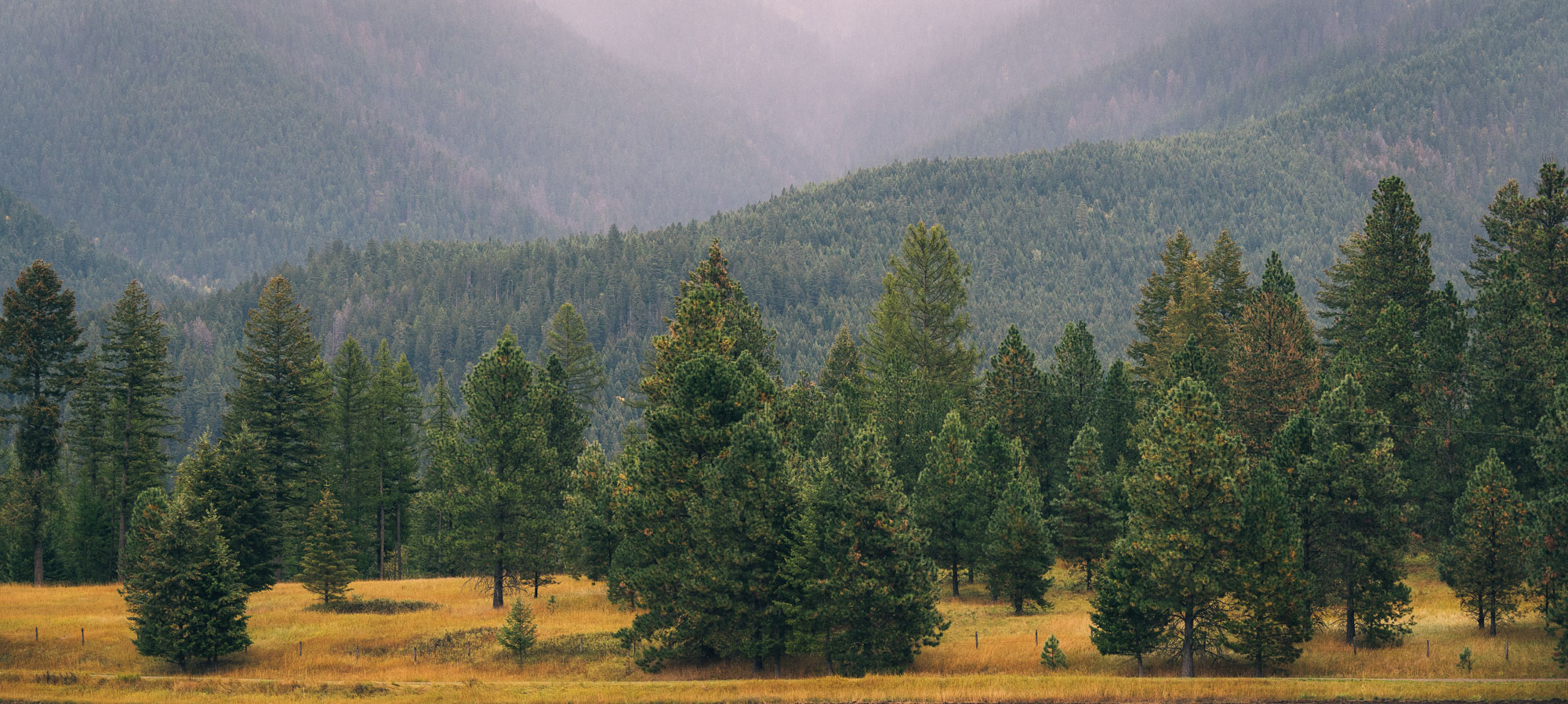





Especially enjoyed these pictures and stories, as you passed through the Flathead Valley. I grew up in Ronan. Learned to swim in Flathead Lake, had relatives in Helena and Seeley Lake so visits there were common. Love watching you travel South. Stay ahead of the cold!